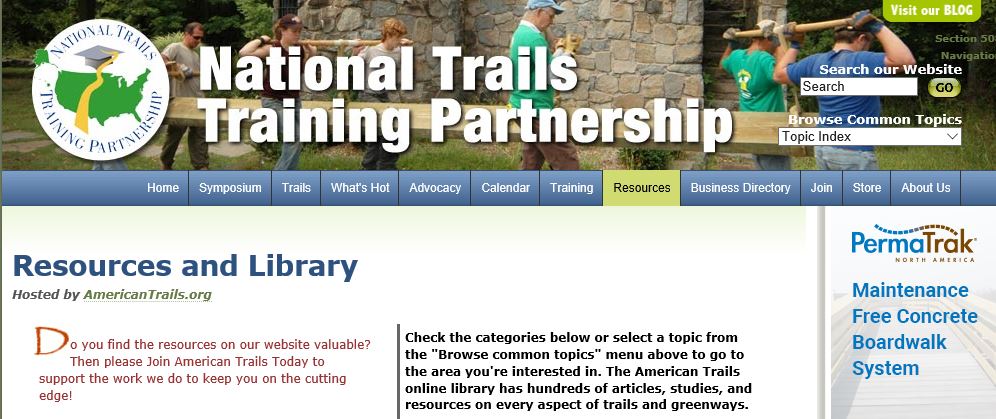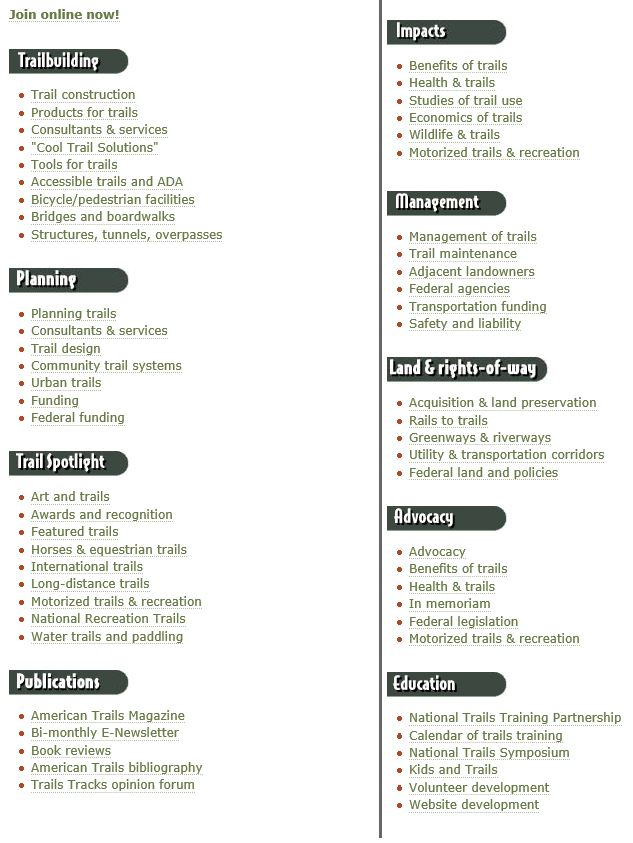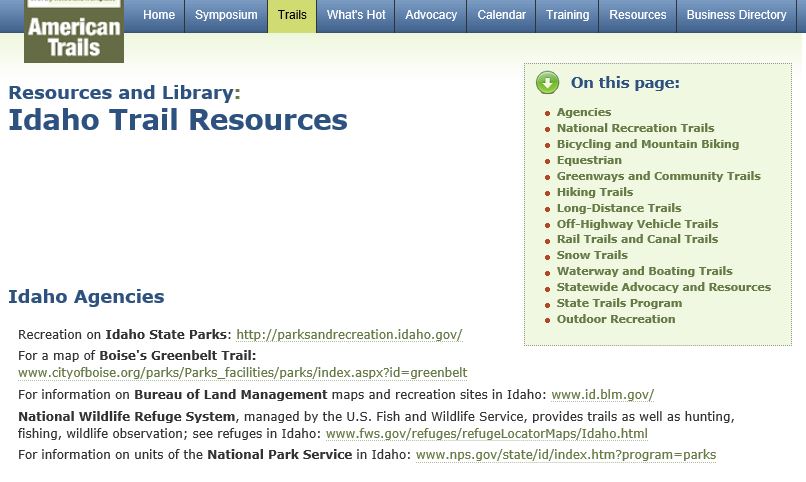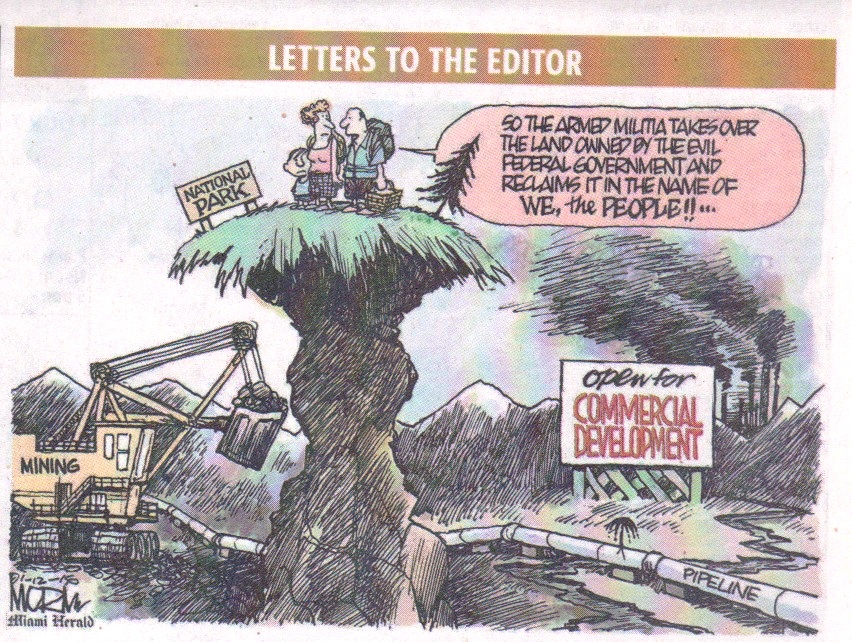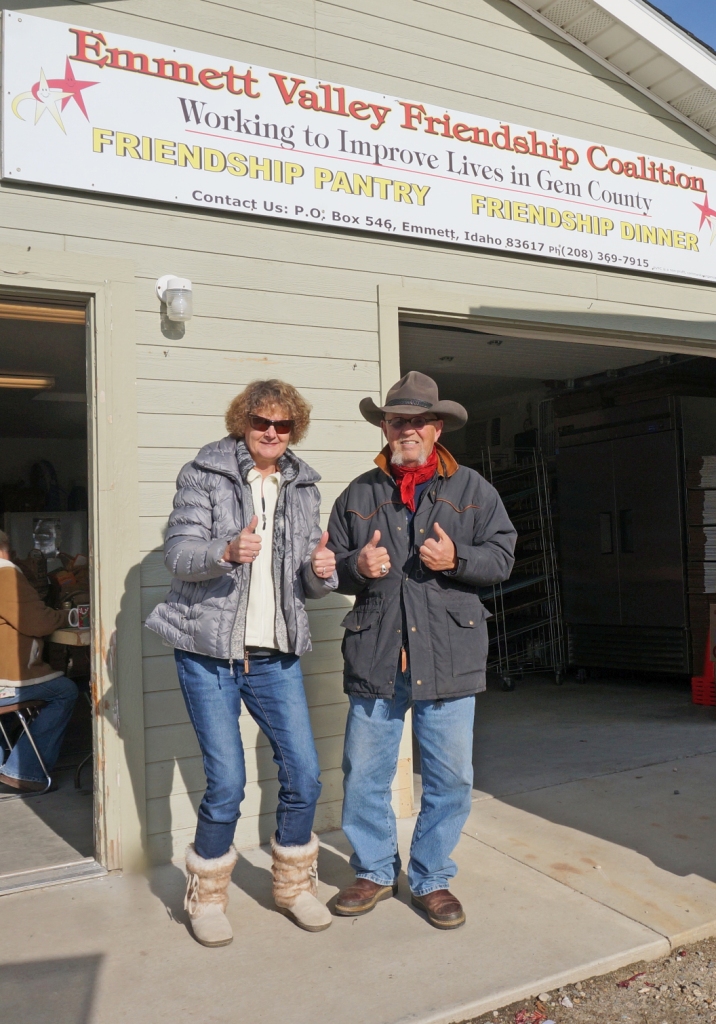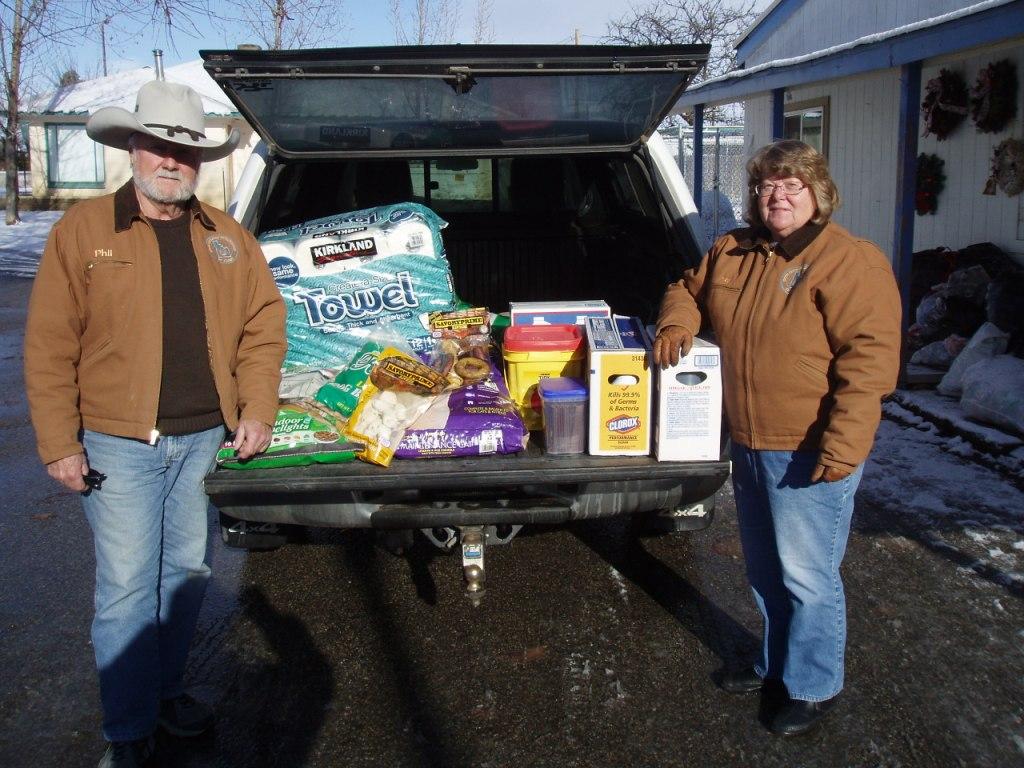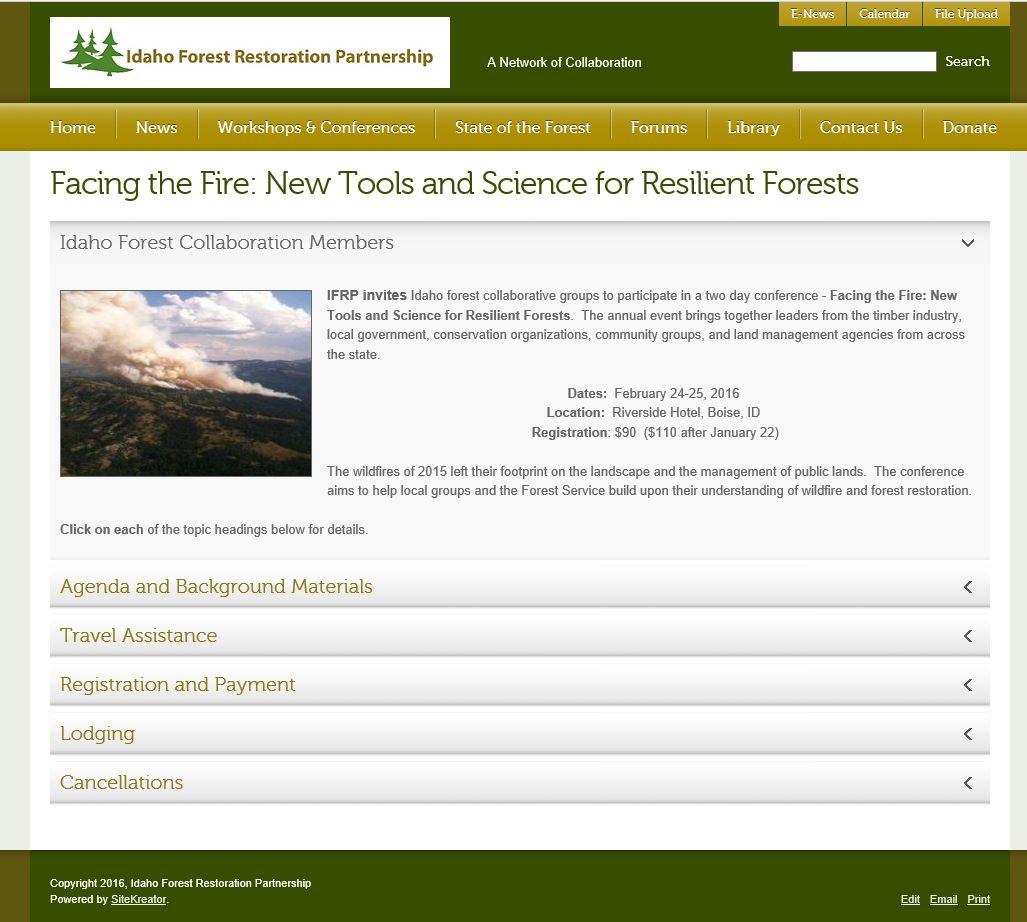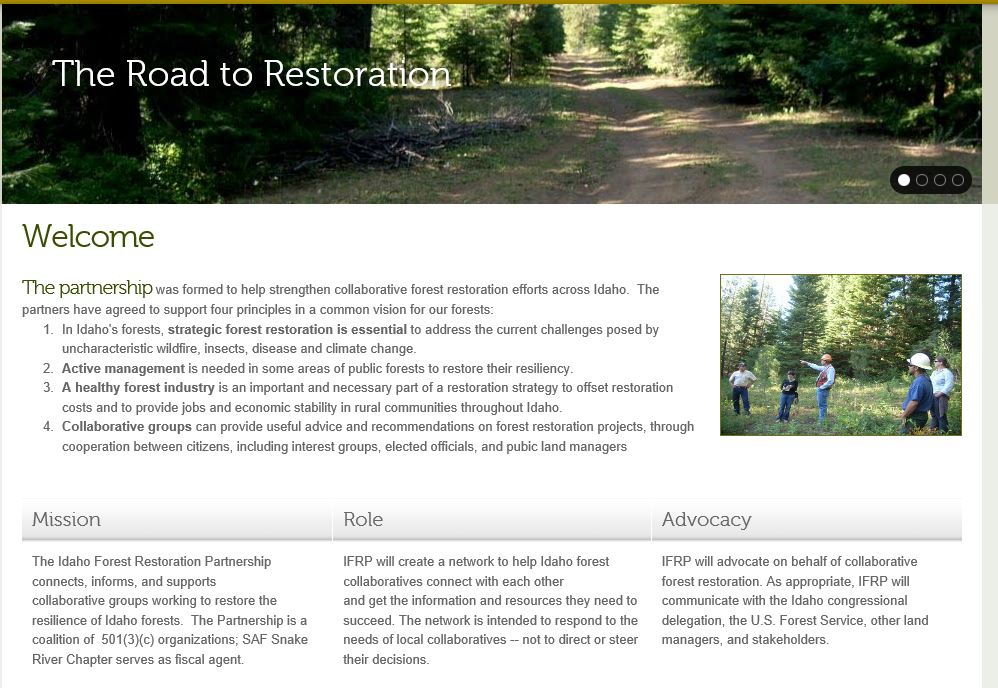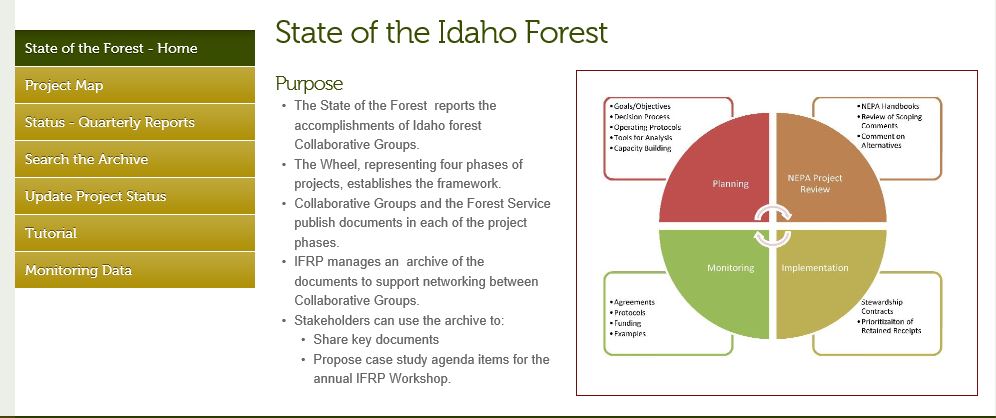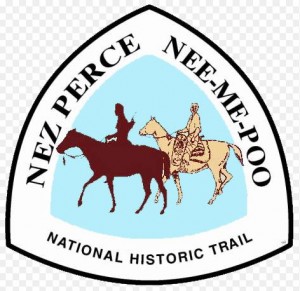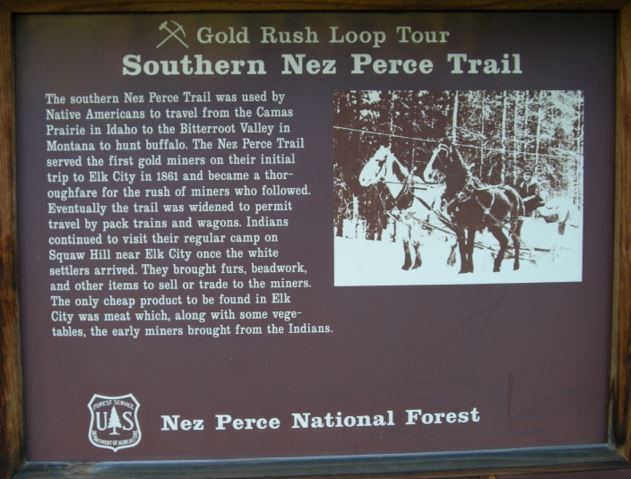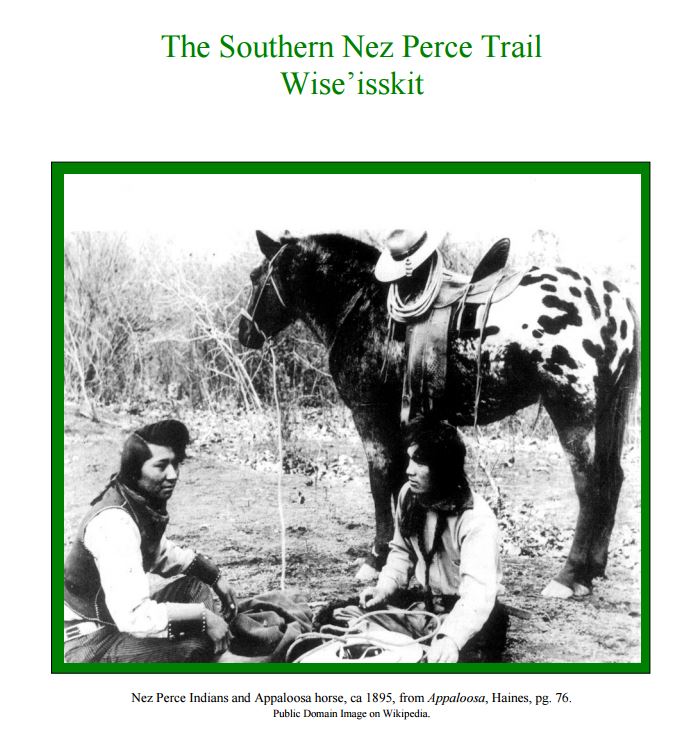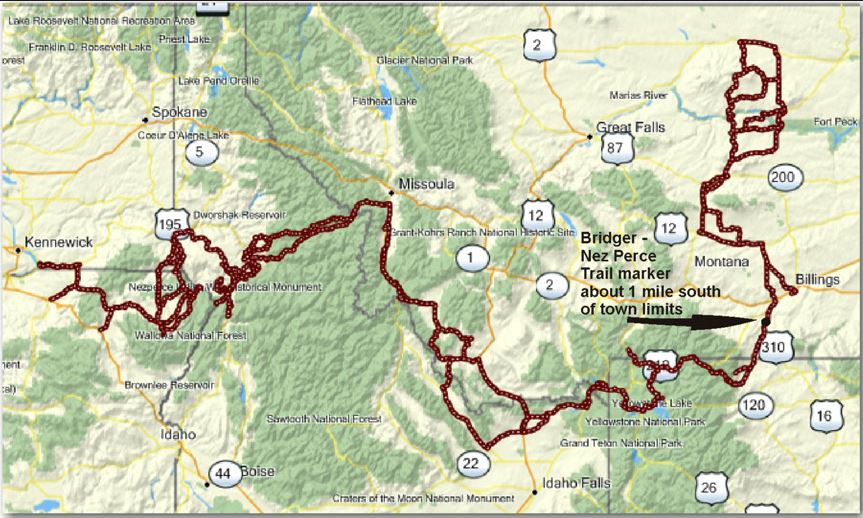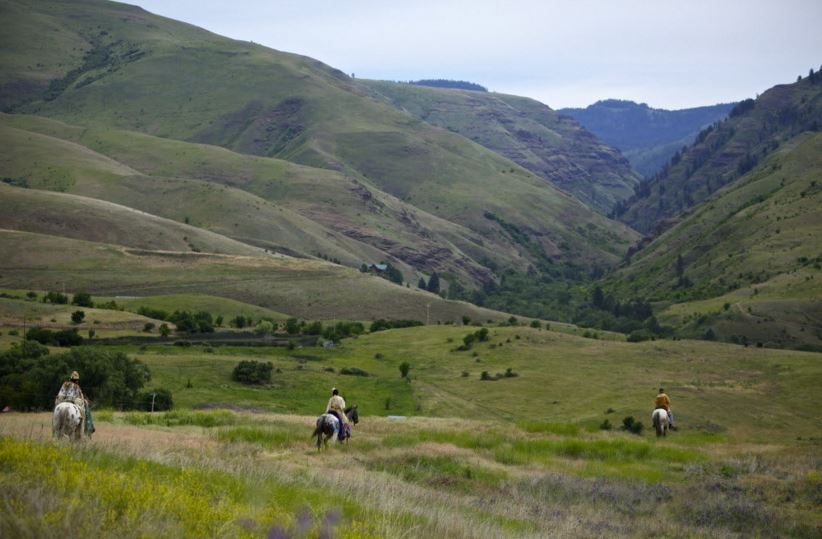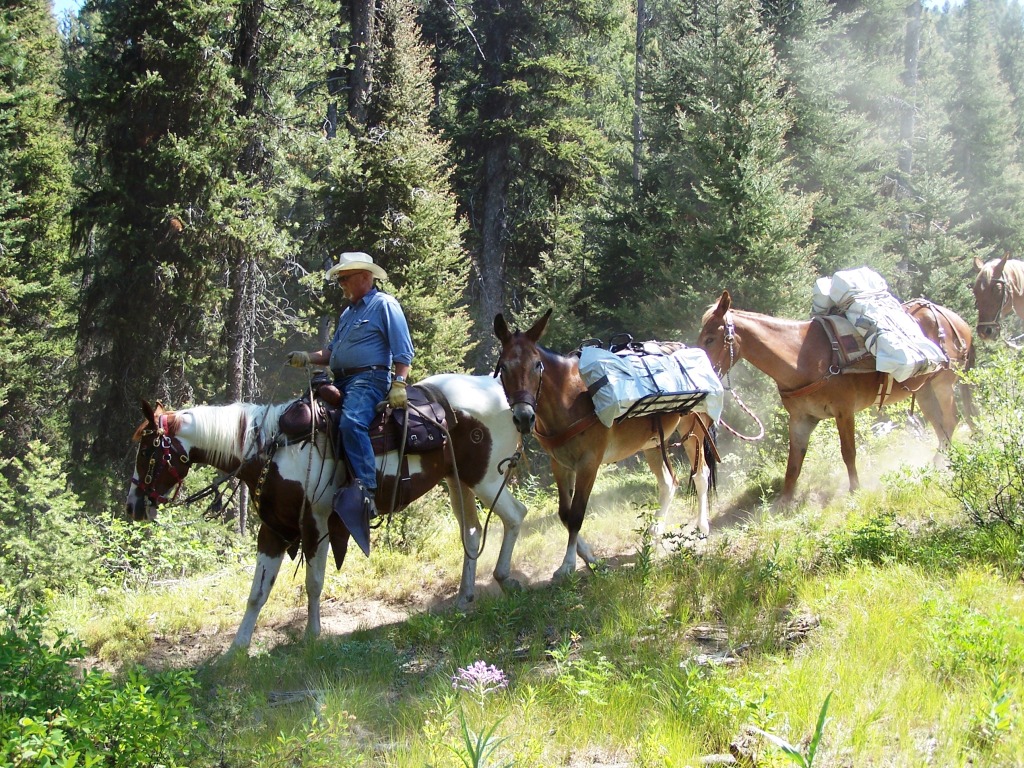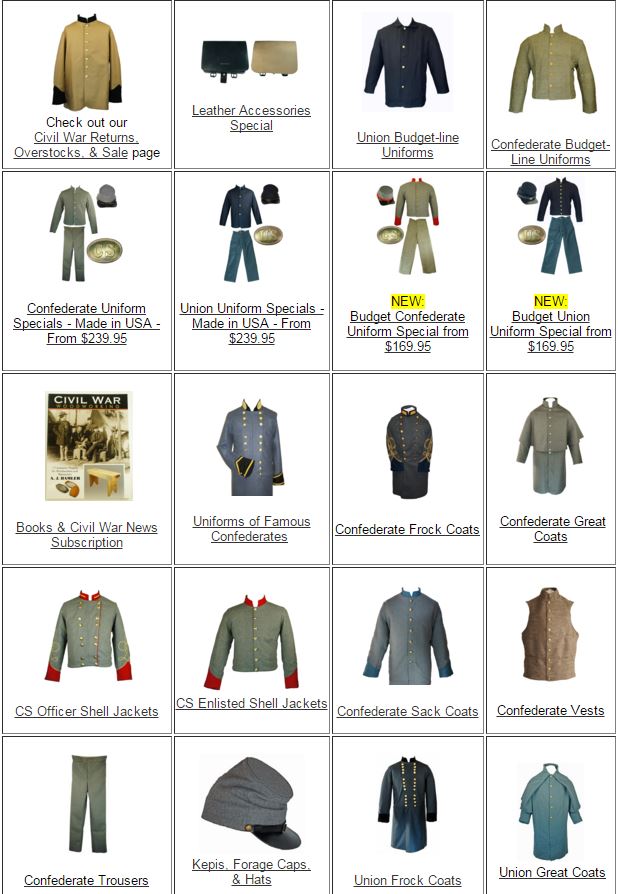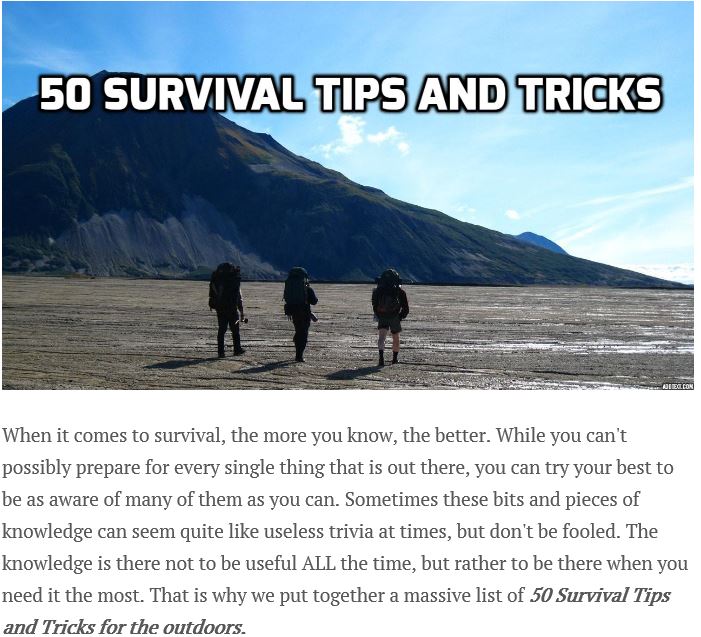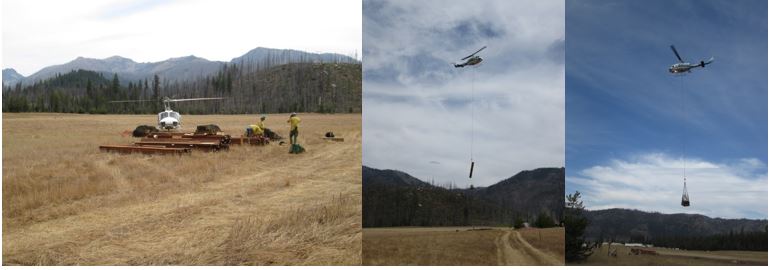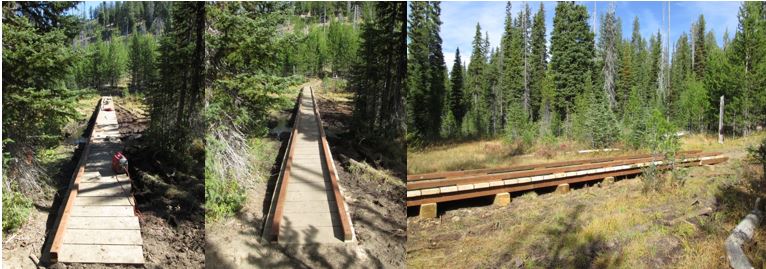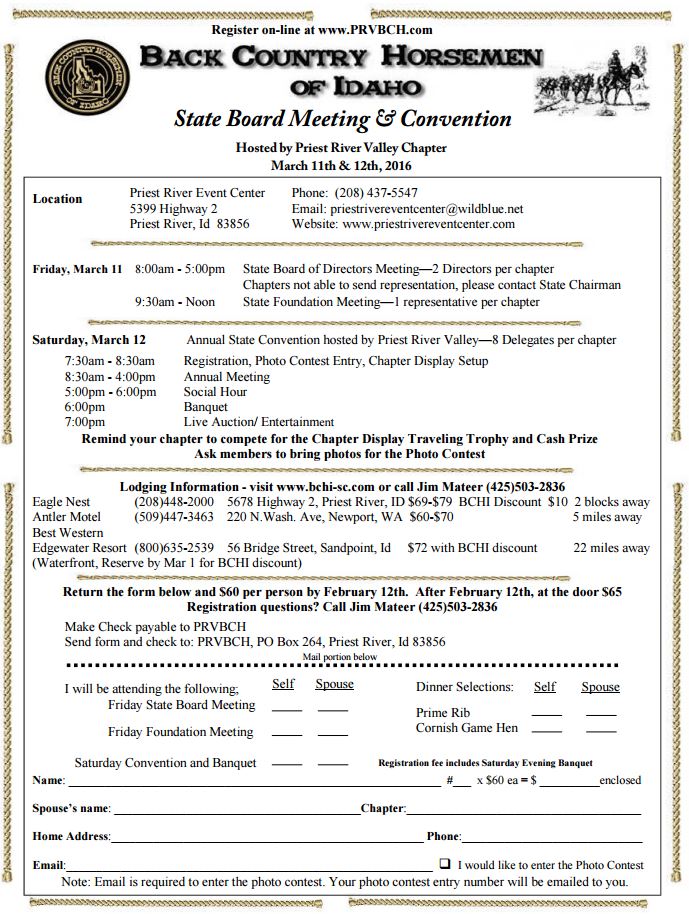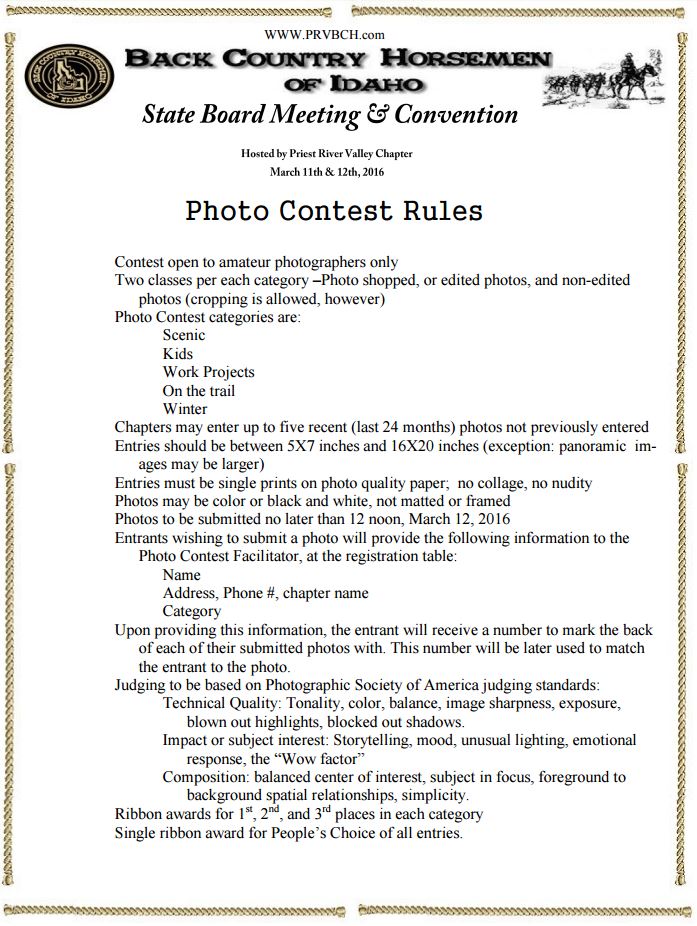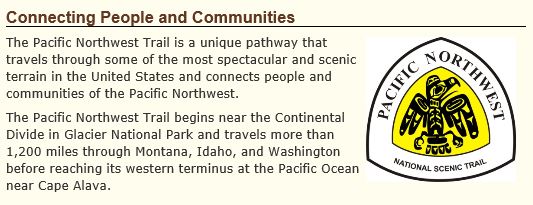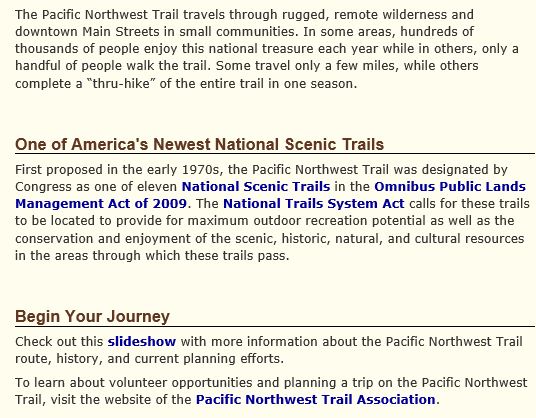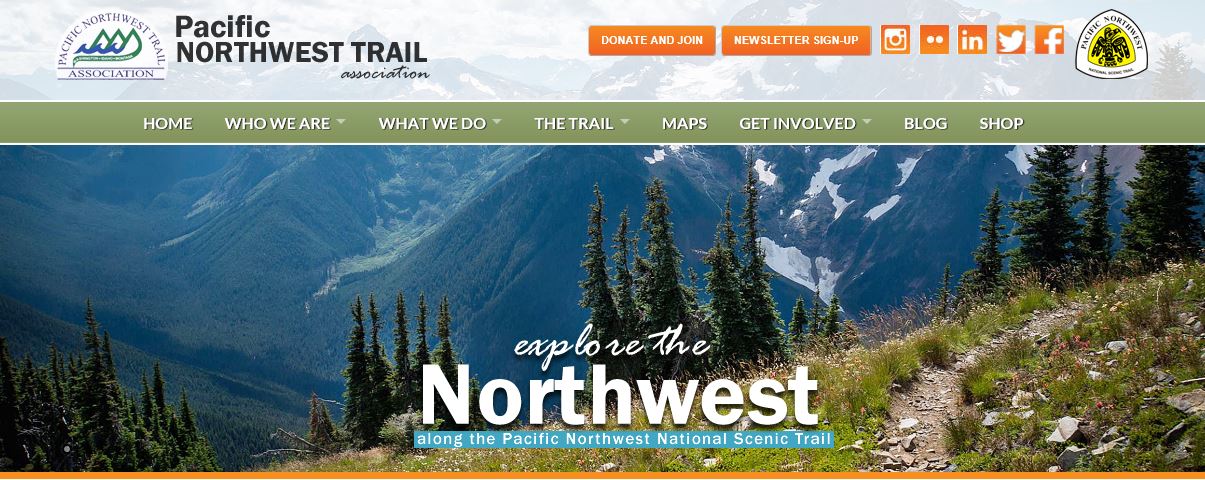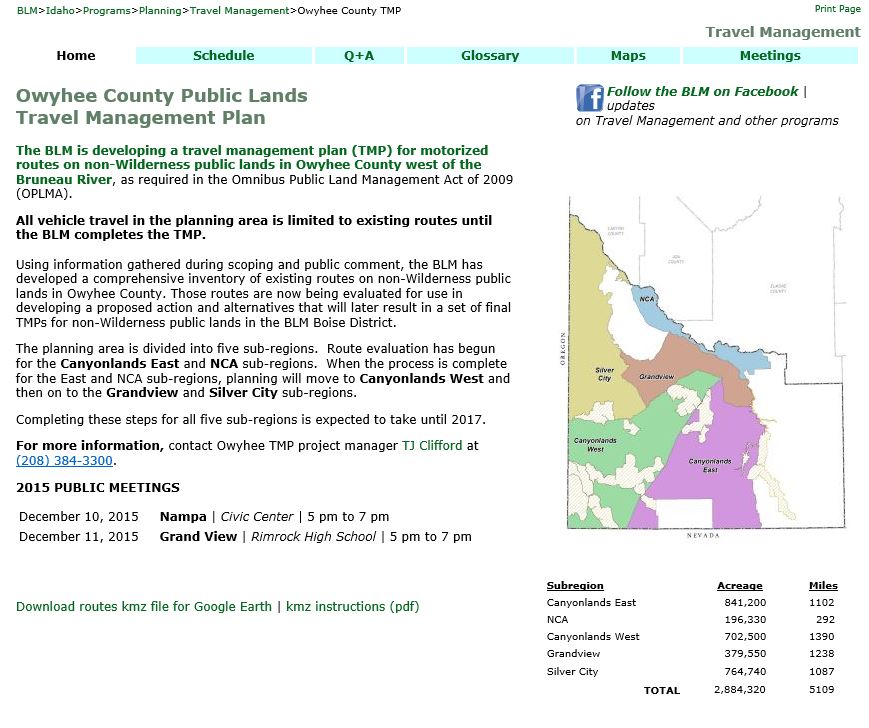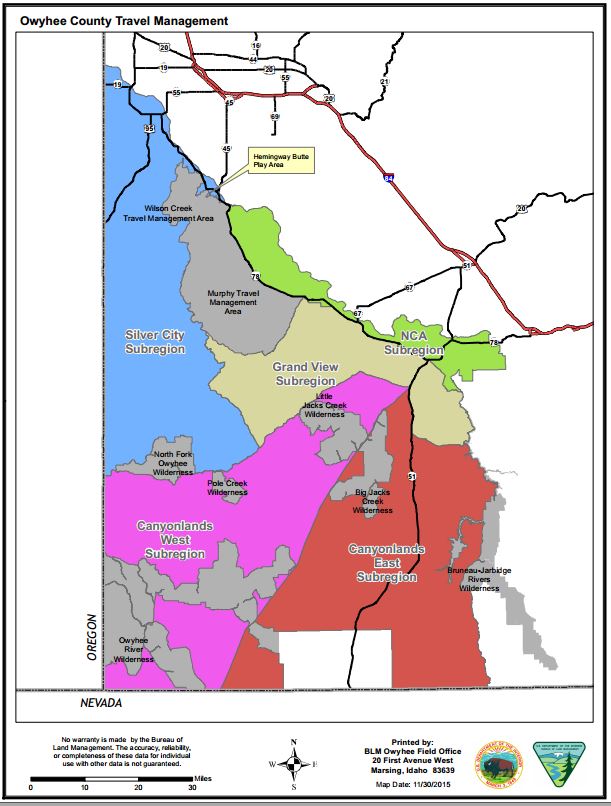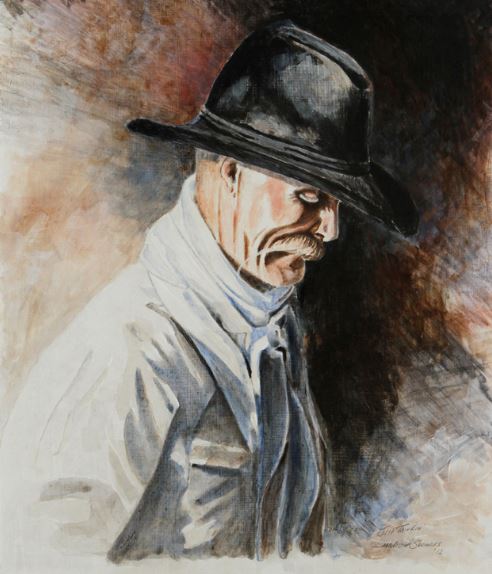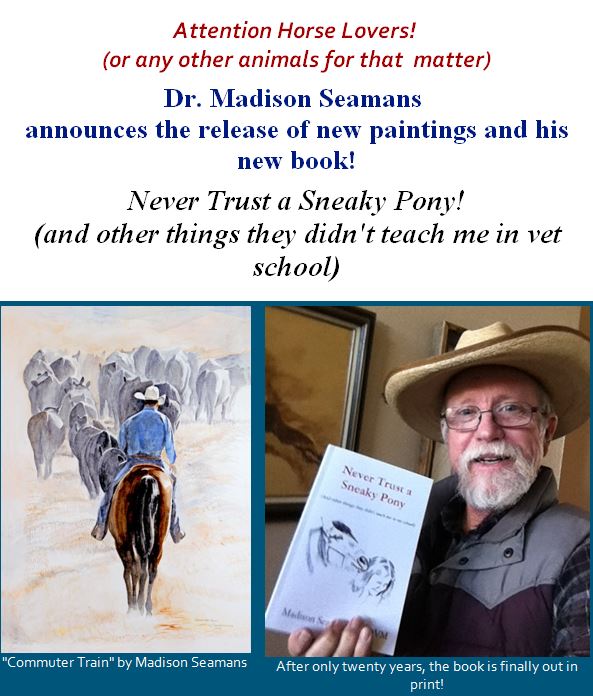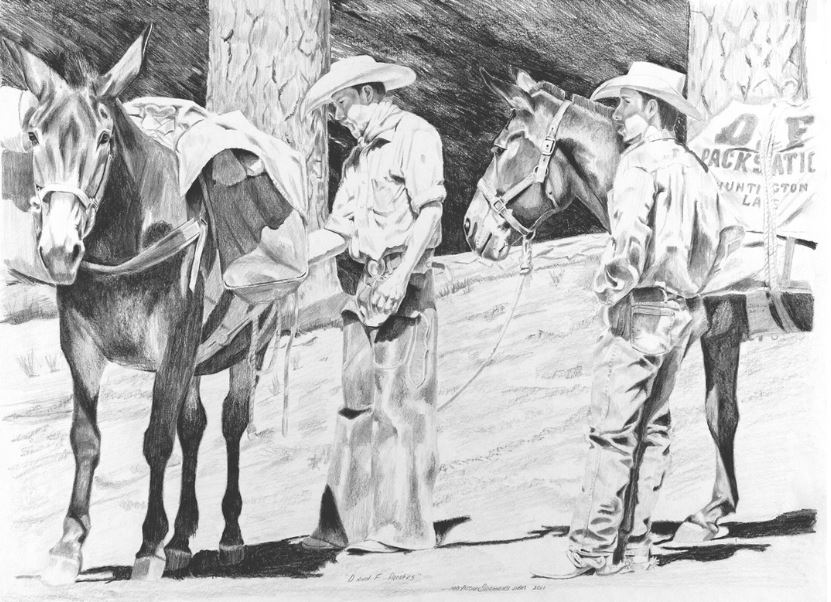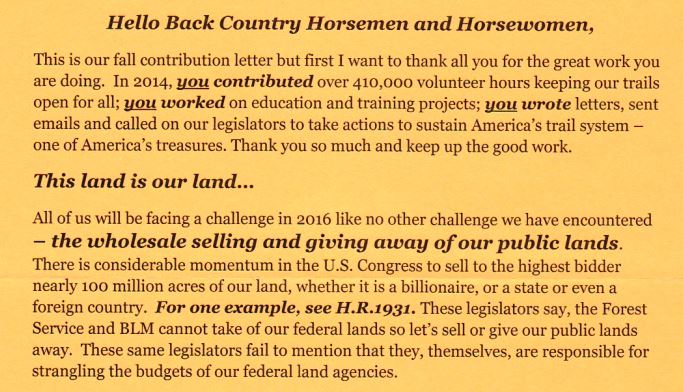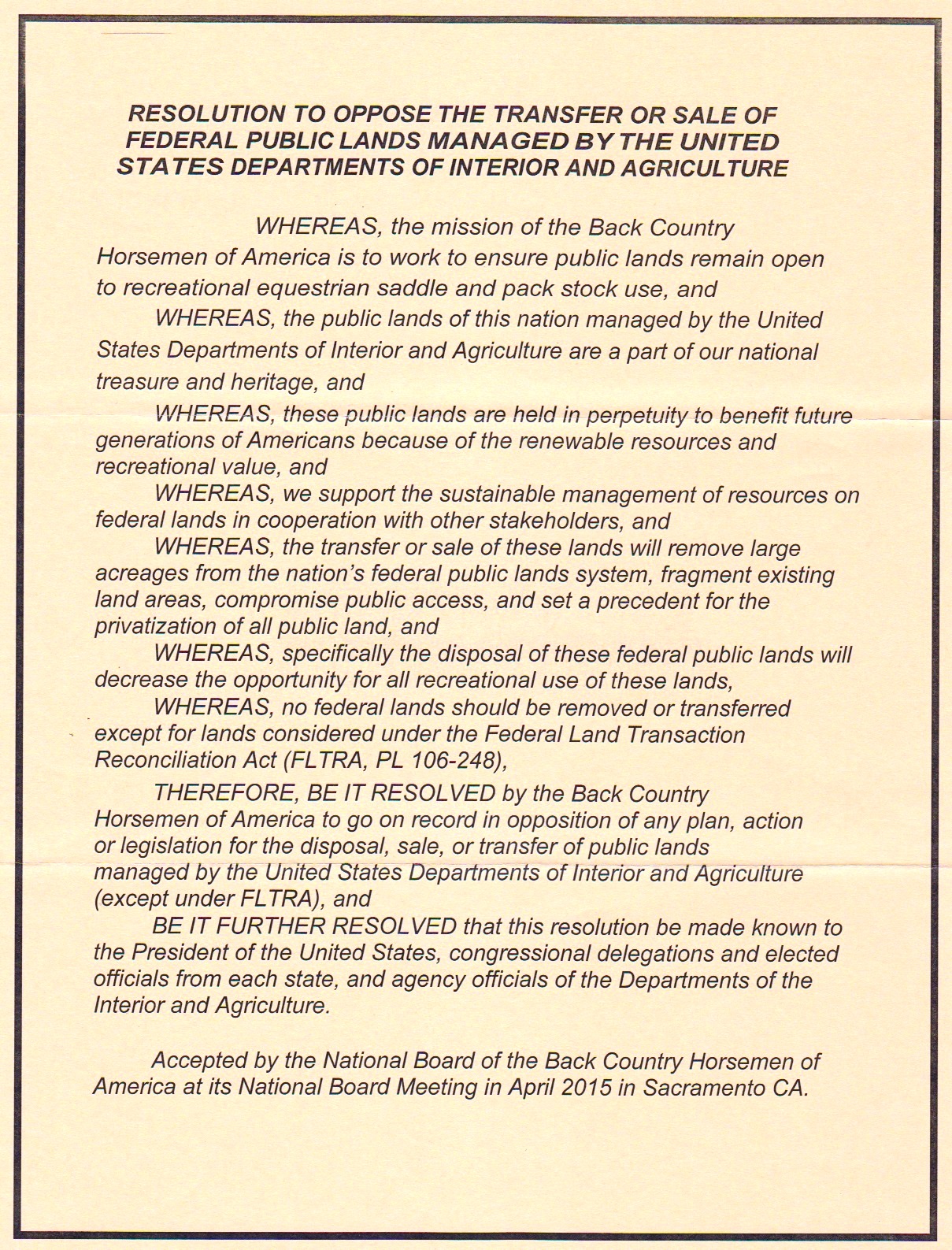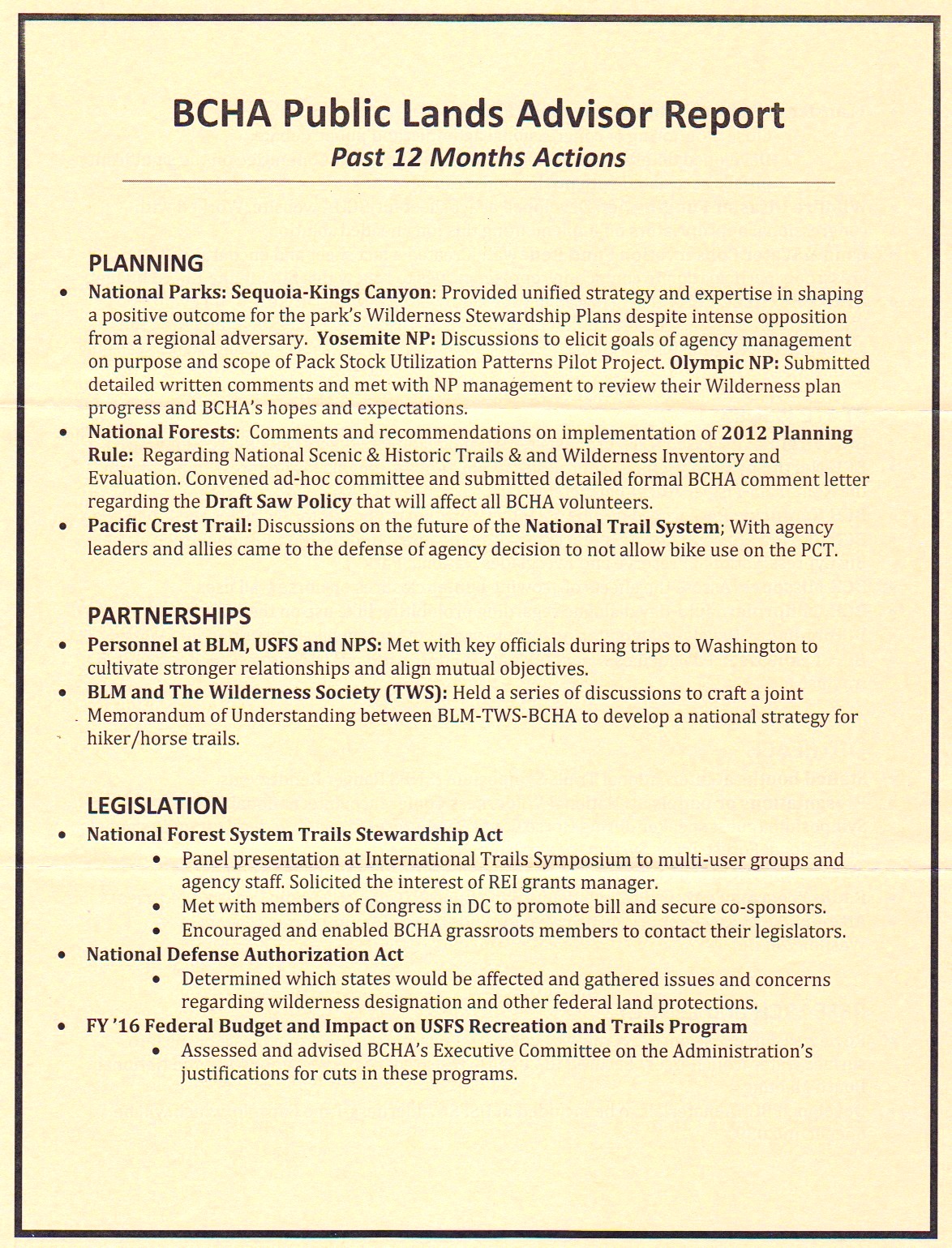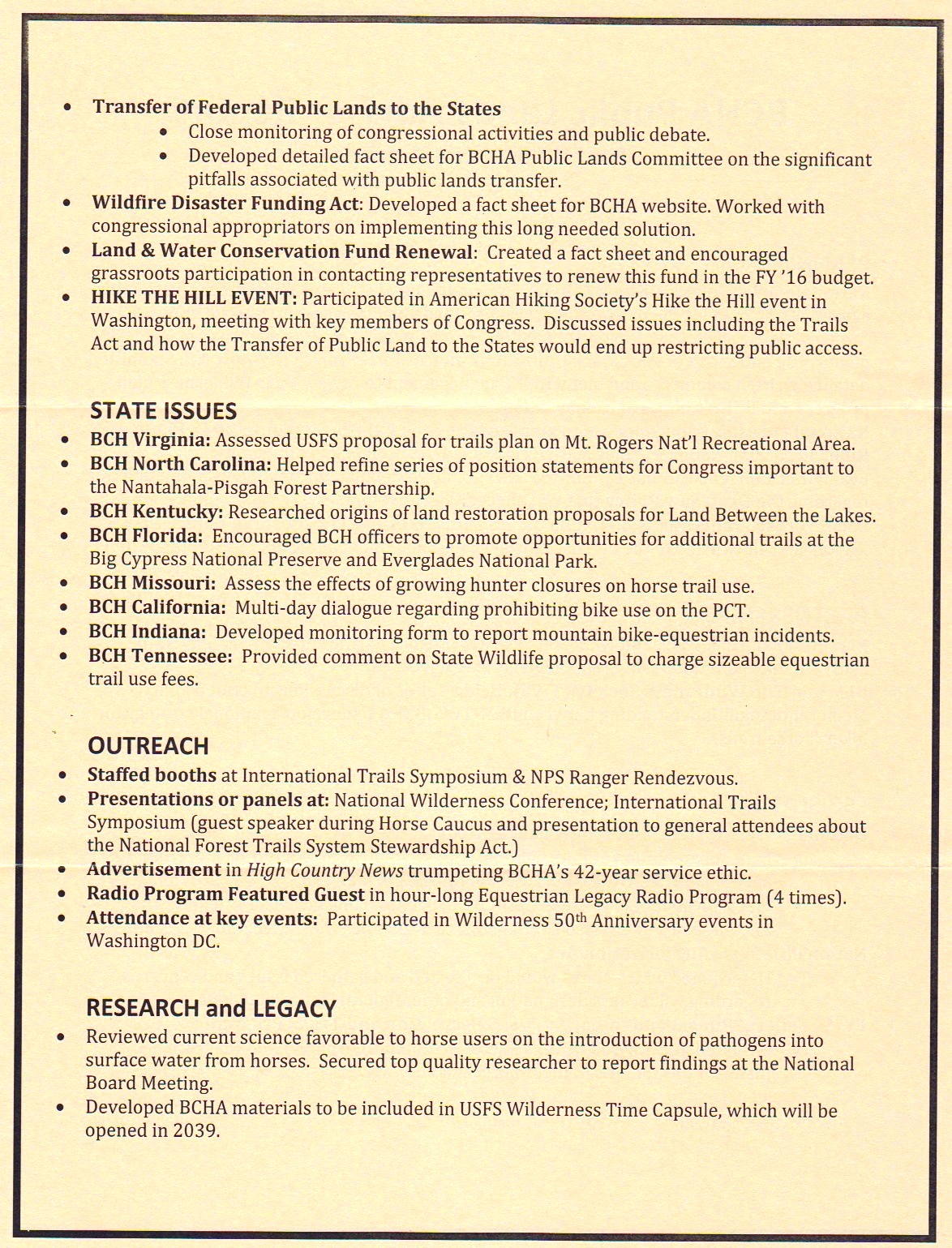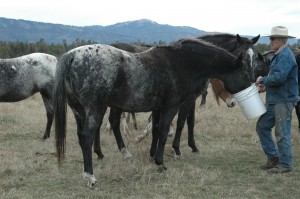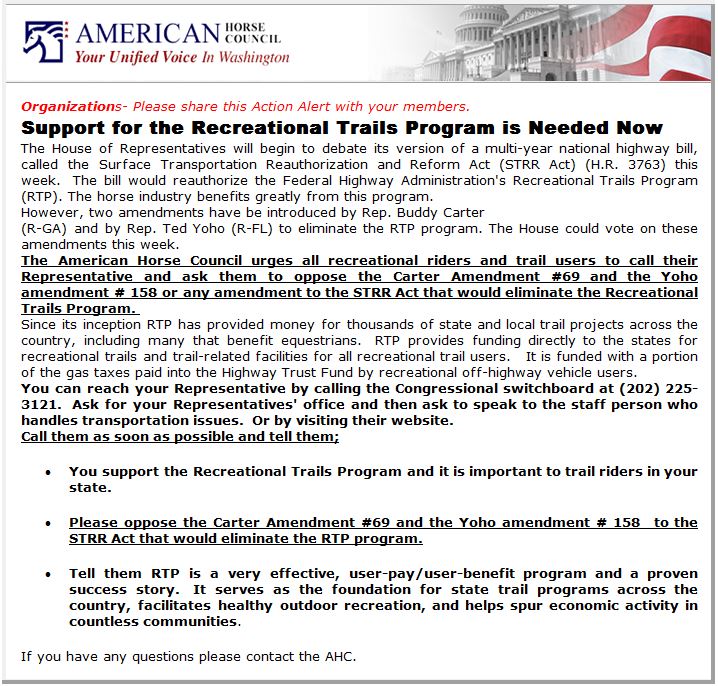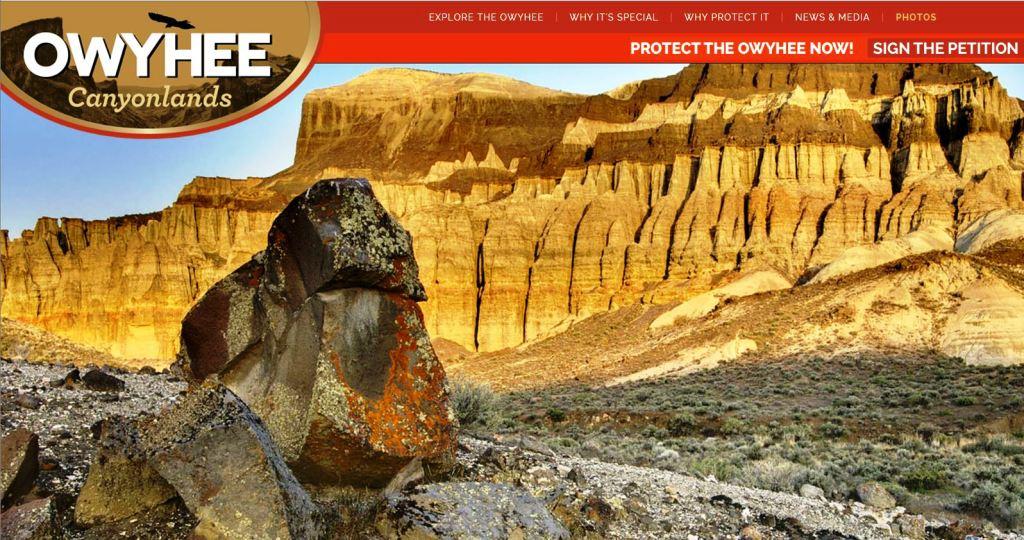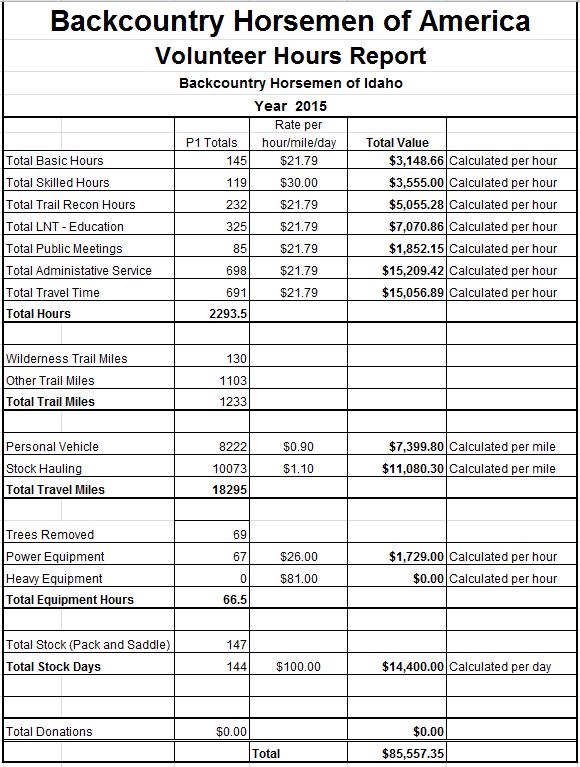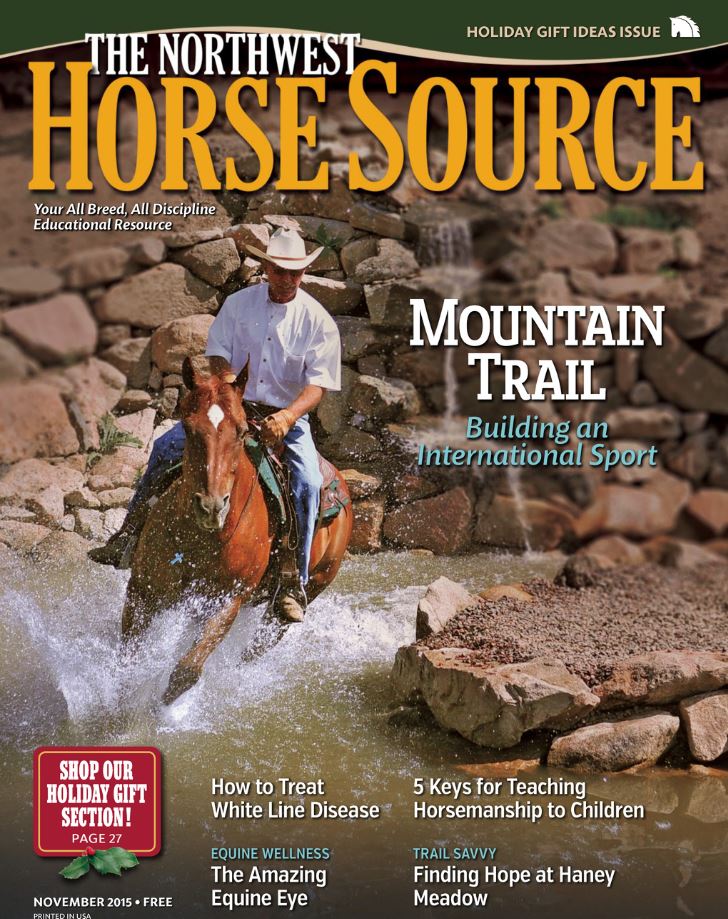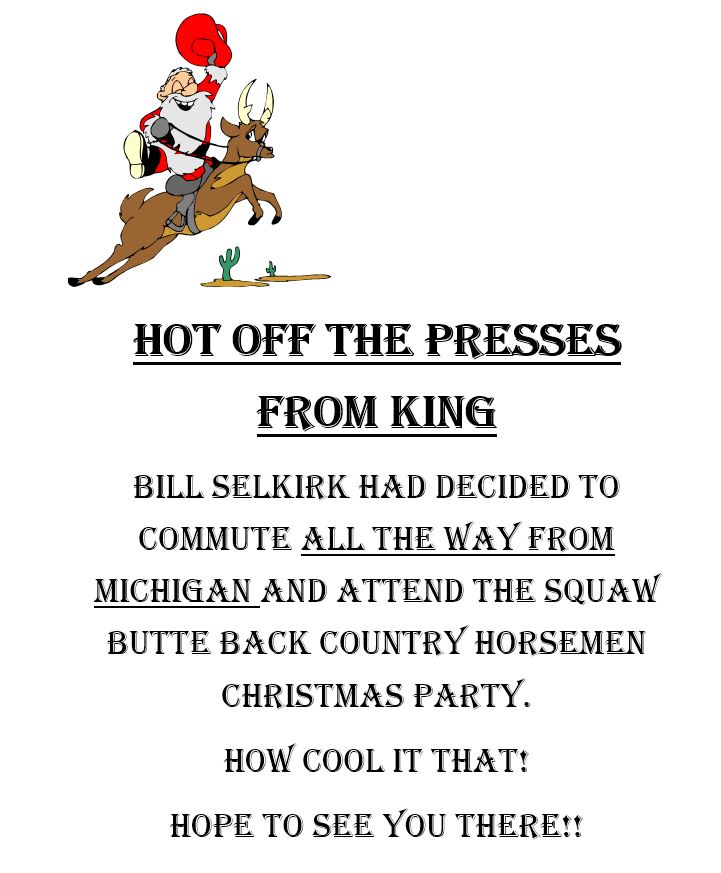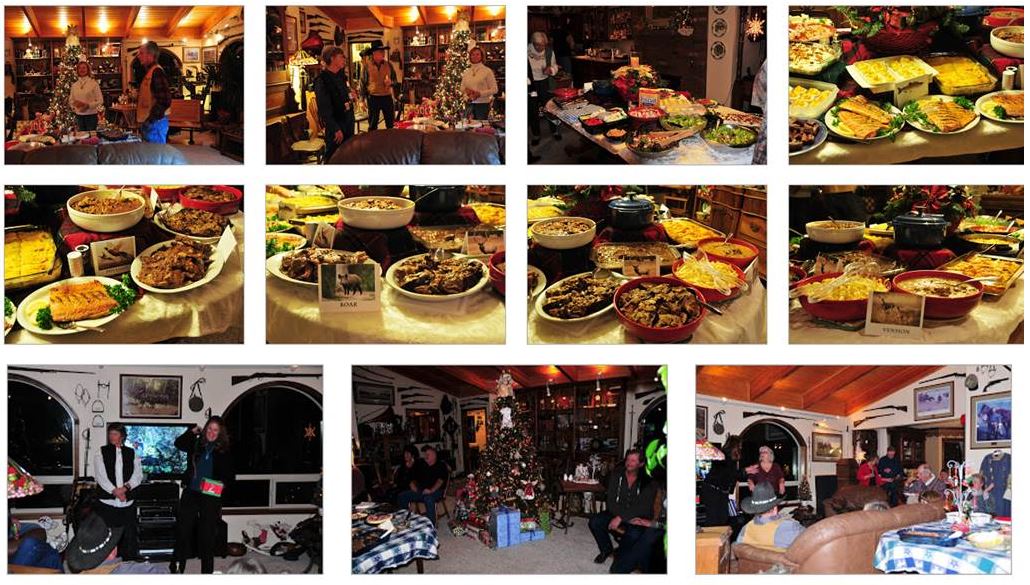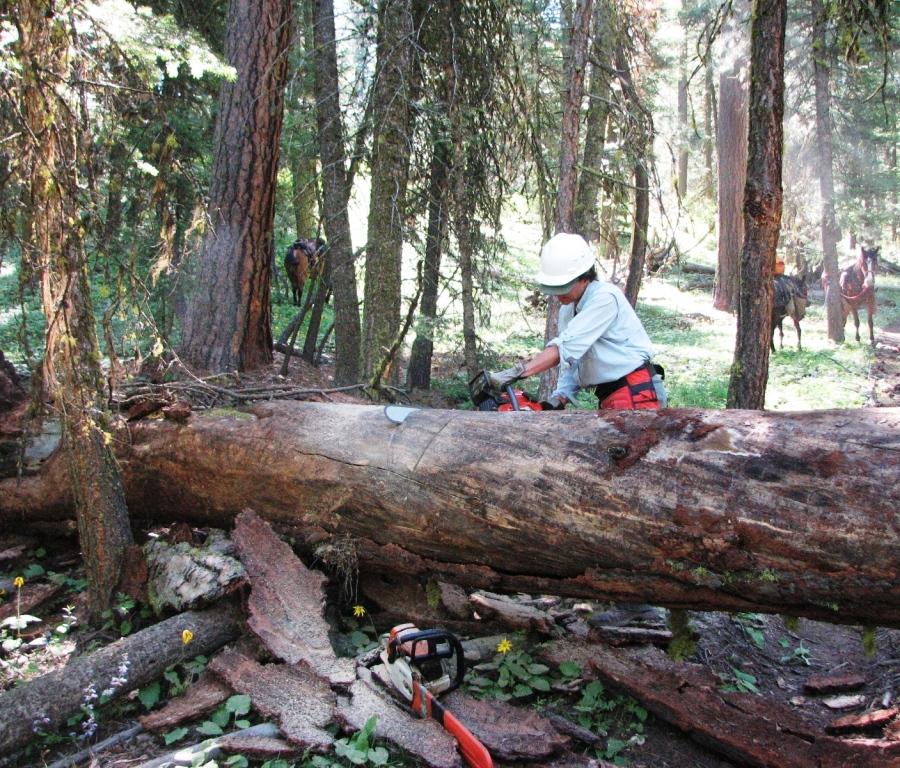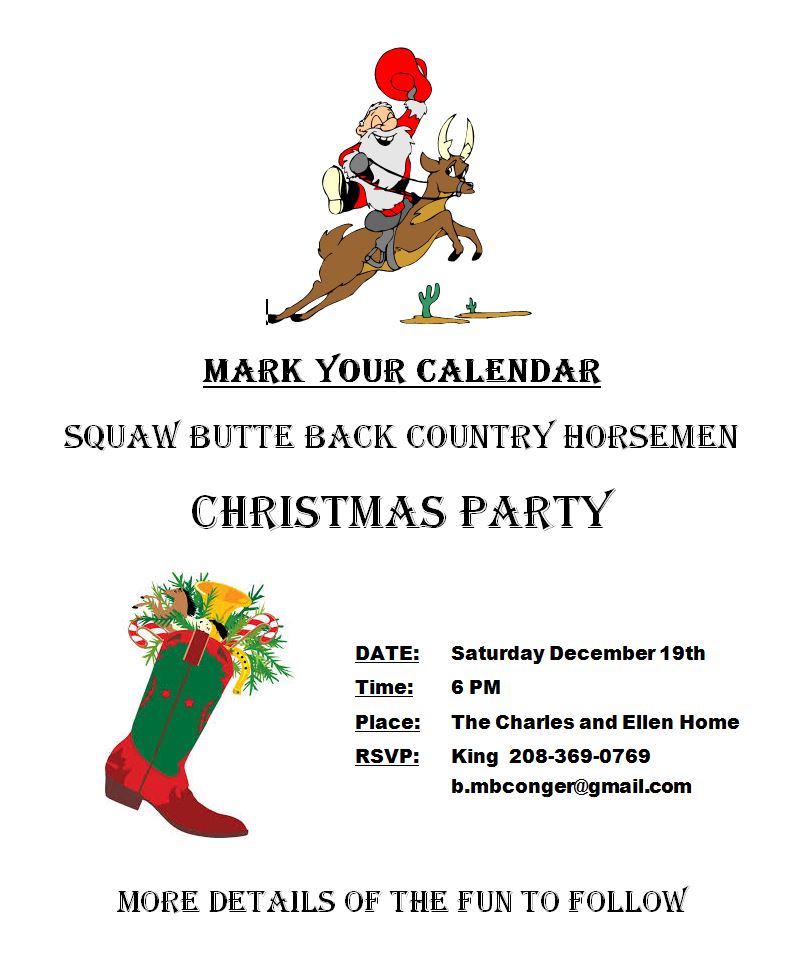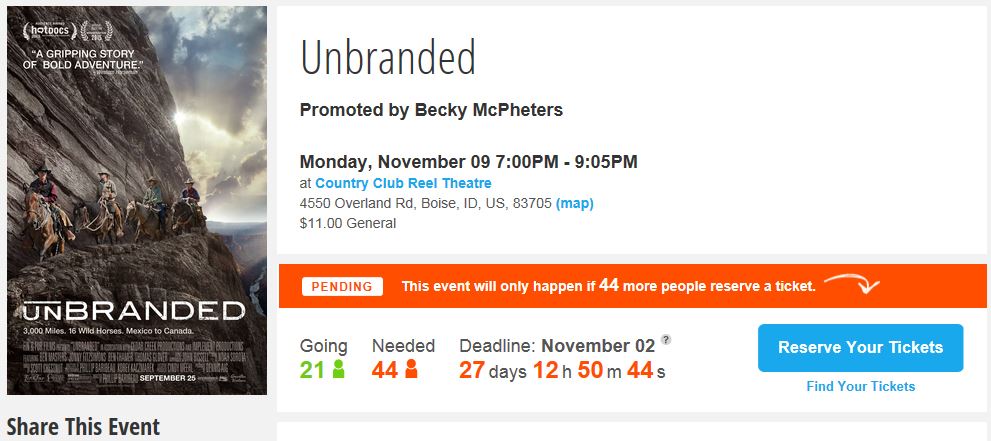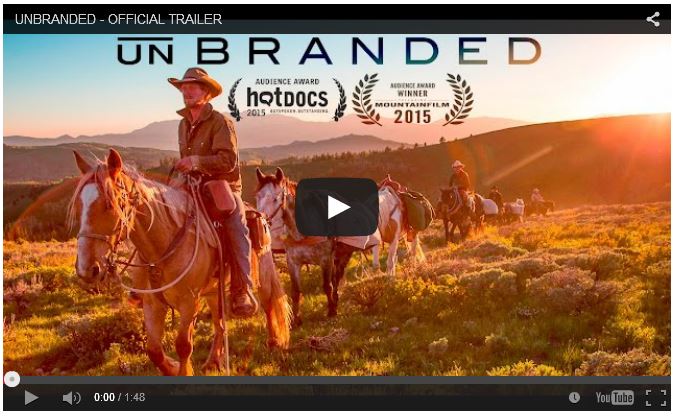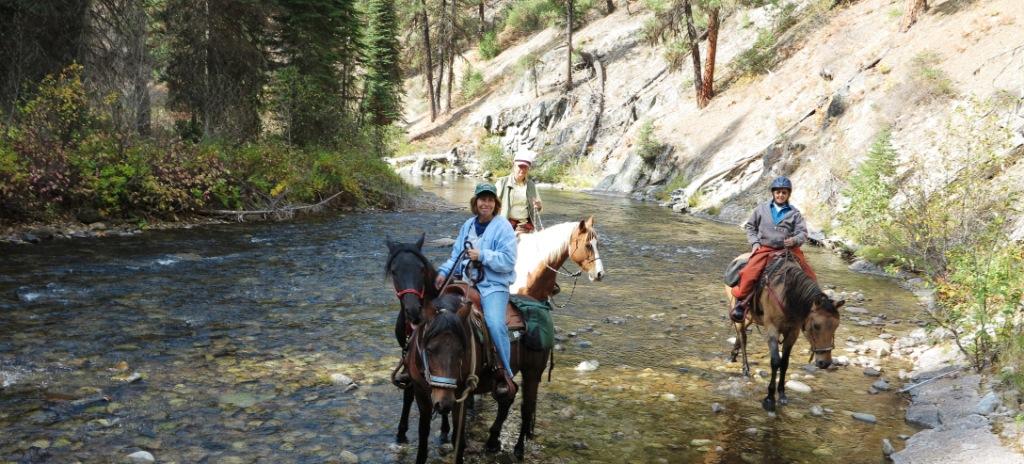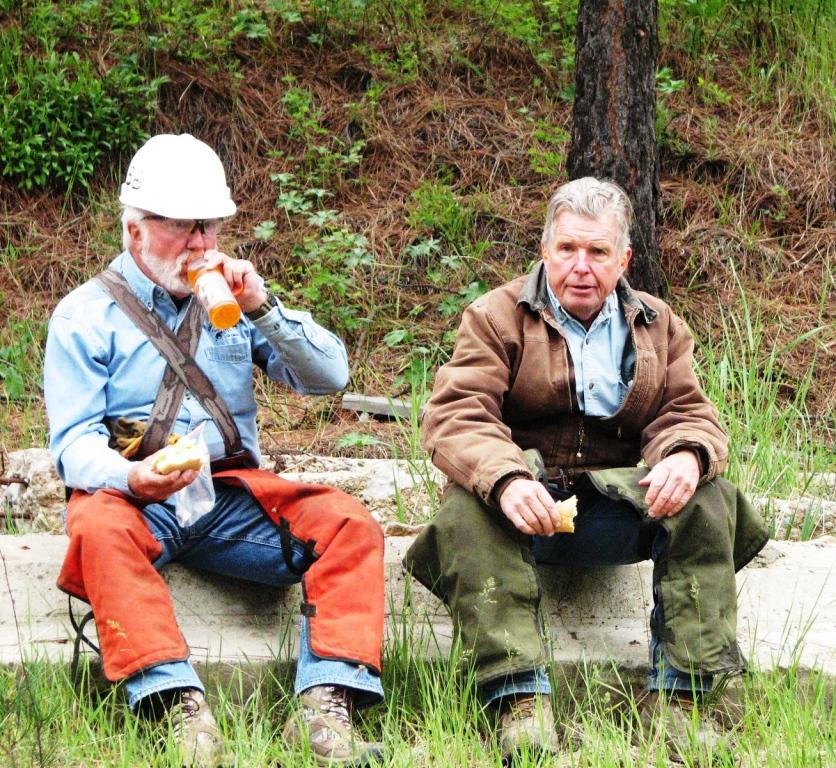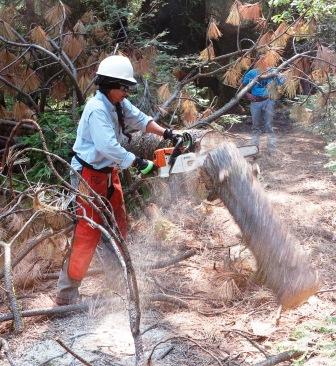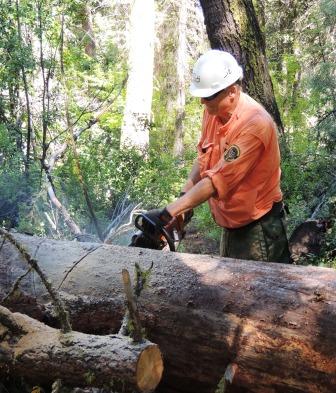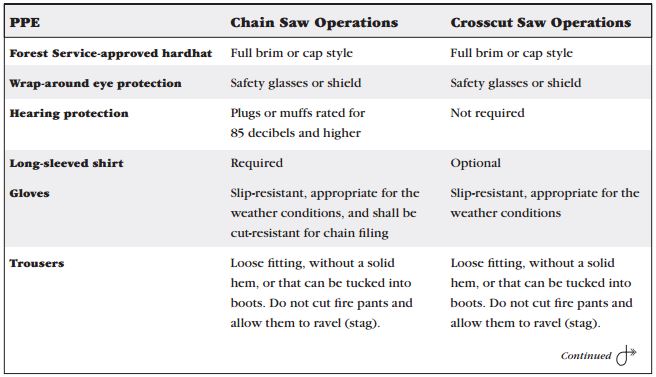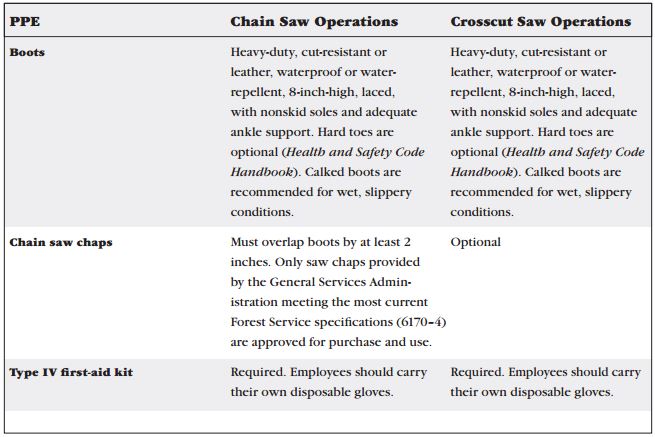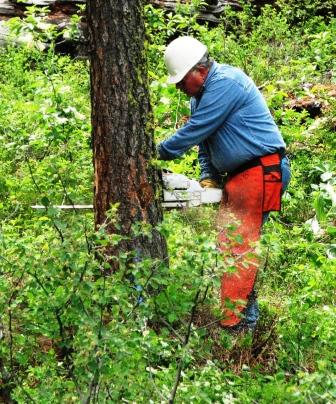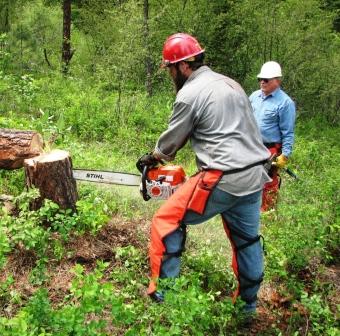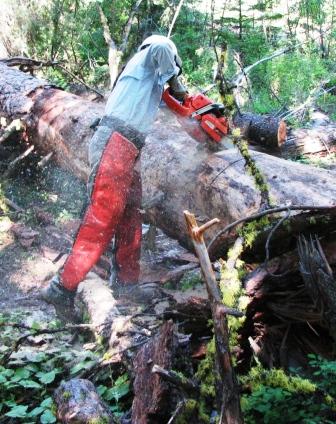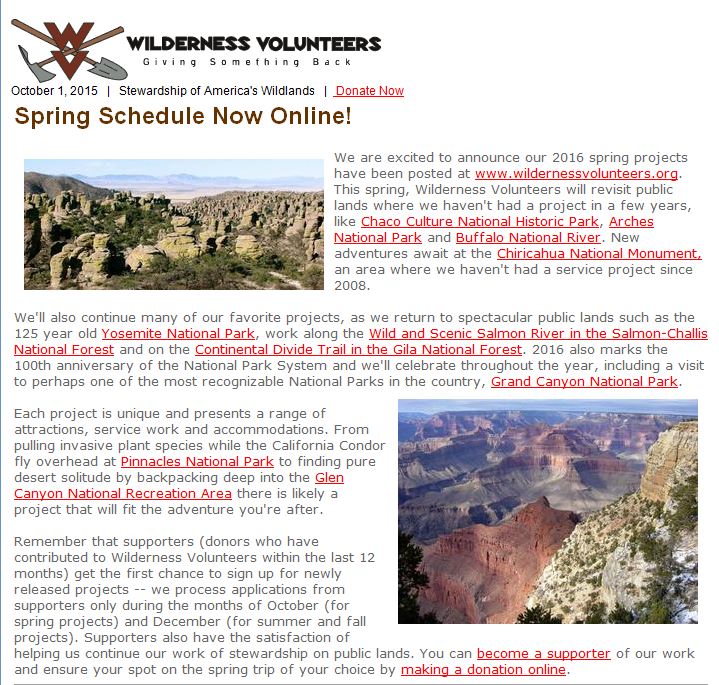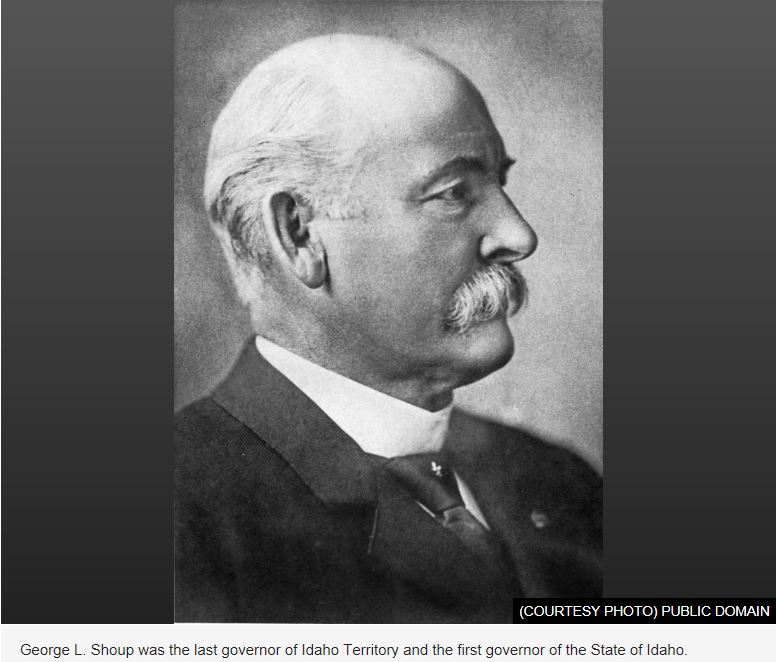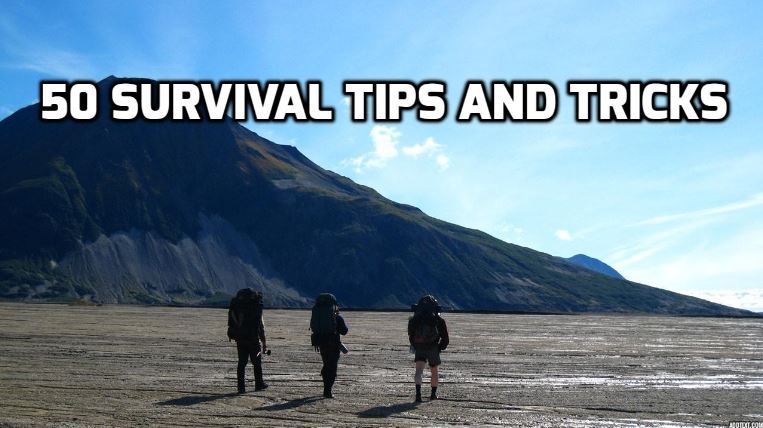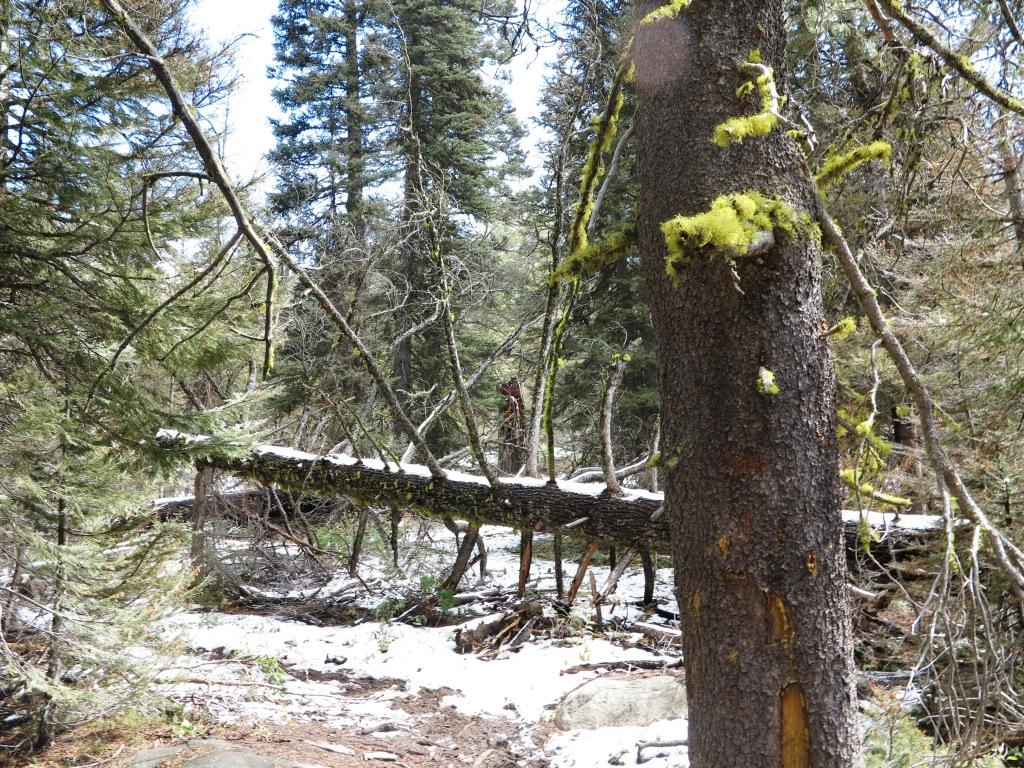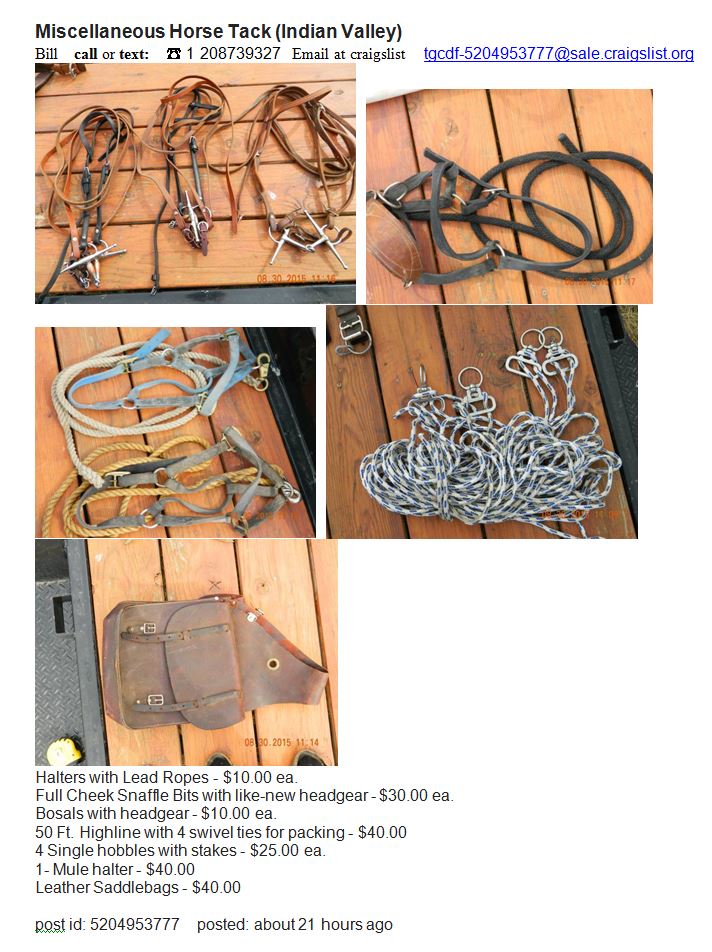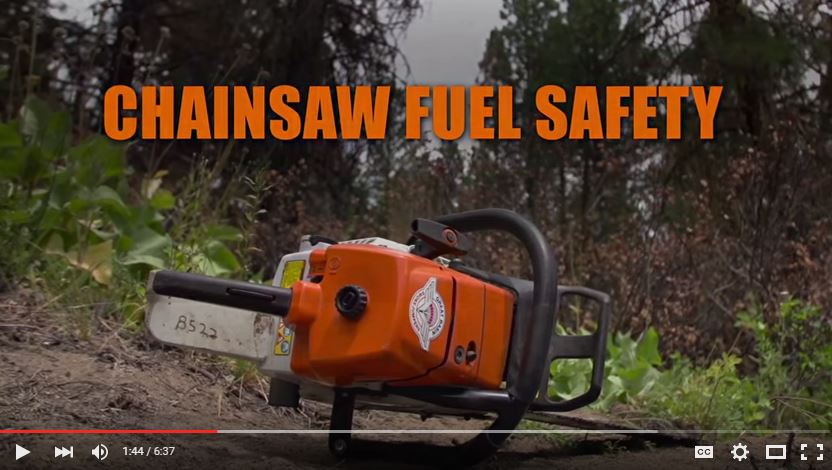Leave it to Rep. Raul Labrador, R-Idaho, to take advantage of an escalating bad situation in Oregon to espouse his views on how “federal” land management “strips hardworking Americans of the ability to profit from their labors.”
Let’s get one thing straight: This is not federal land. It is public land. The Malheur National Wildlife Refuge is owned by Americans from Anchorage to Miami. It is not owned, and never has been, by the likes of the gun-toting seditionists who are holed up in the refuge headquarters. Whether it’s the Malheur Refuge, or the Hells Canyon National Recreation Area, or the City of Rocks National Monument, America’s public lands are managed for the benefit of millions of Americans — not just the parochial “profit” interests of the livestock, logging and mining industries Labrador champions.
Americans own our public lands, and we’ve hired the U.S. Forest Service and Bureau of Land Management to provide the stewardship that will provide all of us the benefits we as a nation have identified that those lands should provide. Clean water. Clean air. Open space. Wildlife. Fish. Recreation. Every day the stewards of our public lands balance as best they can these resources and values.
These public lands were secured from the depredations of profit-driven industries by the vision of people like President Theodore Roosevelt, who recognized that without proactive steps these lands would be overrun by those who see nothing but a bottom line of their personal wealth. Thanks to the reservation of public lands, we in Idaho still can enjoy cedar trees that were old when Lewis and Clark came through and rivers that are as wild as they were when Idaho became a state. This good fortune was not an accident. It came about by the foresight of others before who long recognized that too often “profit” translates to muddy streams, clear-cut hillsides and overgrazed deserts.
Equally disturbing is Labrador’s attempt to trivialize the crimes for which the Hammonds were convicted. The transcript of the Hammonds’ court case is clear on the magnitude of the crimes for which they are now serving the remainder of their sentences. One of the basic foundations of this great nation is the rule of law. The Hammonds broke the law and are now paying the price.
Labrador’s labeling the felonious actions of an armed mob as “civil disobedience” is an embarrassment for the citizens of Idaho. Idahoans deserve public officials who respect the law instead of providing a platform for those who believe that they have a right to force their minority opinion upon the nation with the threat of armed violence.
There’s no patriotism involved in the Oregon situation. Those championing the seditionists want to turn back the clock on Idaho and America’s public lands to nearly a century ago, to when wildlife, clean water and clean air came in poor seconds to “profits.”
Kevin Lewis, of Boise, has spent a lifetime recreating on public lands throughout the West.
Backcountry Horseman of Idaho (BCHI) member was guest speaker at the Cayuse 4-H Education Camp
Submitted by BCHI’s Roving Education Chair Reporter, Marybeth Conger
On Friday, December 11, 2015 Charles Chick, a local member of the Squaw Butte Chapter of Backcountry Horseman of Idaho (SBBCH) was the guest speaker at this horse-less overnight educational camp for kids. His wife Lorraine helped, and set up the SBBCH chapter display, the BCHI Banner, and handed out the BCHI “Placemats” that show statewide all BCHI chapters. The camp was hosted by the Payette Country 4H Horse Leaders Association and was held at the Payette Country Fairgrounds in New Plymouth, Idaho. It was a fun educational winter overnight camp-out for the horse kids to learn about the Backcountry Horseman organization and work on their 4-H projects.
Forty eight horse kids, along with their parents, and 4-H leaders were in attendance. Charles began with a “who we are” introduction of Backcountry Horseman of America, Backcountry Horseman of Idaho, then brought it down to the chapter level. He discussed the backcountry horseman mission and what members do such as having fun clearing trails, building things on trails, being responsible on the trails, our volunteer service and partnerships to help keep trails open. Next was a “Horse normality” conversation, so the kids could learn the traits of a backcountry horseman’s horse. The presentation lasted about 45 minutes with great questions coming from the kids.
The Chick’s had a giveaway drawing for a BCHI calendar, another way to educate. They had terrific fun with this community outreach event, and encourage other members of the backcountry horseman organization to promote expansion through education. “The tools to do this type of thing are out there for us to use” says Charles. He prepared by reviewing BCHA and BCHI website information, and got copies of BCHI Placemats for handouts. Keep in mind there is a provision in the BCHI budget to reimburse chapter for copies of these placemats.
So, kudos to Charles and Lorrain Chick, who have shown us one way to have fun with education and promote our organization.
Local Backcountry Horseman Donate to Community- Robbin, Marybeth, Phil, and Kay “Deliver the Goods “
On January 12, 2016 Robbin Schindele and Marybeth Conger, members of the Squaw Butte chapter of Backcountry Horseman of Idaho delivered to the Emmett Valley Friendship Collation 259 lbs. of food to help stock the shelves there. Earlier on December 23, Phil and Kay Ryan, also members of Squaw Butte chapter of Backcountry Horseman of Idaho delivered to the Pet Adoption League another 150 lbs. of food and pet supplies. These donations were gathered at the Chapter’s end of year Christmas party on December 19. For more information visit the website at sbbchidaho.org.
Pictured left to right are members Marybeth Conger and Robbin Schindele, Squaw Butte Backcountry Horseman president.
 Scenic mountain is centerpiece of wilderness proposal
Scenic mountain is centerpiece of wilderness proposal
In this photo take Nov. 11, 2015, Ben Gordon, Oregon Natural Desert Association stewardship director, and Chris Perry, a judge in Wheeler County, pose below Sutton Mountain near Mitchell, Ore. The duo have worked together to craft a wilderness proposal to protect the area near Mitchell. Sutton Mountain is a long, 29,000-acre fault block that rises just above the Painted Hills, a popular tourist destination in the John Day Fossil Beds National Monument. (Zach Urness/Statesman-Journal via AP)
Sutton Mountain and Painted Hills Area Preservation and Economic Enhancement Act (S. 1255)
On May 7, Sen. Merkley introduced legislation to designate roughly 58,000 acres of wilderness in the John Day River Basin. The bill includes Sutton Mountain, Pat’s Cabin, Painted Hills, and Dead Dog wilderness study areas that encircle the Painted Hills Unit of the John Day Fossil Beds National Monument.
The Sutton Mountain bill would protect incredible vistas, deep canyons, and prime habitat for elk, mule deer, raptors, and unique plants.
The legislation is supported by local county commissions and elected officials, landowners and residents, business owners and conservation groups, whitewater rafting and boating communities, and hunters and anglers.
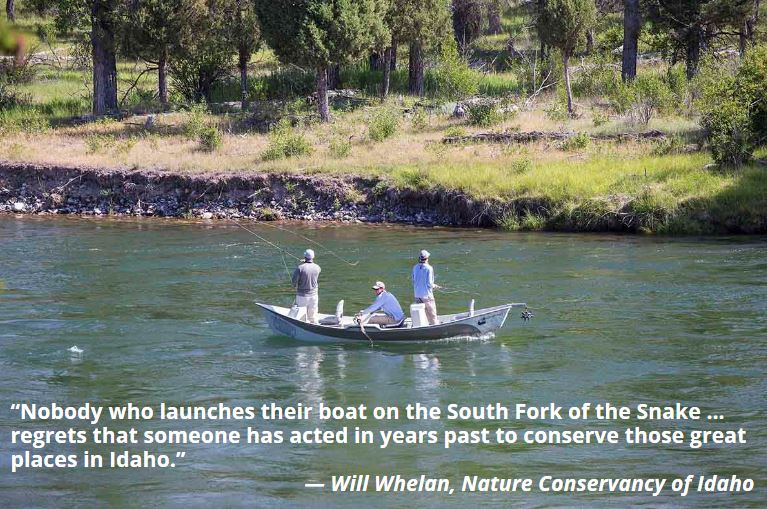 IDAHO FALLS – Garett Reppenhagen always had a love for the American wilderness.
IDAHO FALLS – Garett Reppenhagen always had a love for the American wilderness.
But after serving during Operation Iraqi Freedom and having what he calls some pretty severe experiences, spending time in the great outdoors has taken on on special meaning for Reppenhagen. It was there among pine-filled forests that he was able to reflect on his experiences and cultivate a sense of healing.
Today, Reppenhagen is the Rocky Mountain director of the Vet Voice Foundation, where he advocates for conservation issues. As a conservation activist, Reppenhagen says his healing wouldn’t have been possible without a little-known piece of legislation called the Land and Water Conservation Fund (LWCF). And if you live in Idaho, chances are you’ve benefited from it too.
Established by an act of Congress in 1965, the LWCF supports recreation and conservation projects throughout the country. Its four main programs the Stateside Assistance Program, Federal Land Protection Program, Forest Legacy Program and the Cooperative Endangered Species Fund are funded by fees from the oil and gas industry and don’t use taxpayer dollars.
If you’ve ever taken your kids to a city park in Idaho Falls or rafted on the South Fork of the Snake River, you’ve probably enjoyed land preserved by LWCF. From 1966 to 2011 the fund supplied more than $1.7 million to Bonneville County alone, many of those funds going toward the development of parks and recreational facilities.
Since 1991, the fund helped protect 9,500 acres along the South Fork of the Snake River. LWCF has also contributed to conservation efforts in Salmon-Challis and Sawtooth national forests and Grand Teton National Park.
Rob Bishop “The Land and Water Conservation Fund is broken. The law has been hijacked by special interests too close to the government and must be reformed.” Congressman Rob Bishop, R-Utah, Chairman of House Natural Resources Committee
But under a new proposal put forward by Congressman Rob Bishop, R-Utah, acquiring new public land may become more difficult.
C & C Sutlery supplied hundreds of items to the Tarantino movie’s production
Movie and TV orders augment C & C’s regular business from Civil War re-enactors
Kurt Russell, left, and Samuel L. Jackson in “The Hateful Eight.”
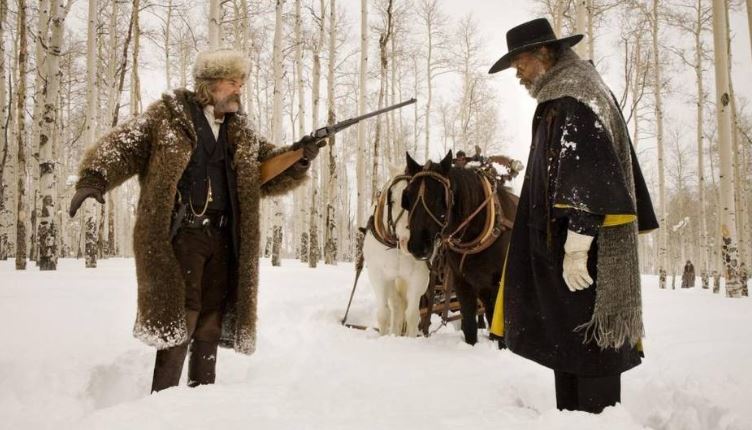
An Emmett company provided many items of clothing for the production, but the owner said he generally can’t tell from the finished product which items came from his company. Samuel L. Jackson in “The Hateful Eight.” C & C Sutlery co-owners and spouses Charles Lox, and Ellen Knapp
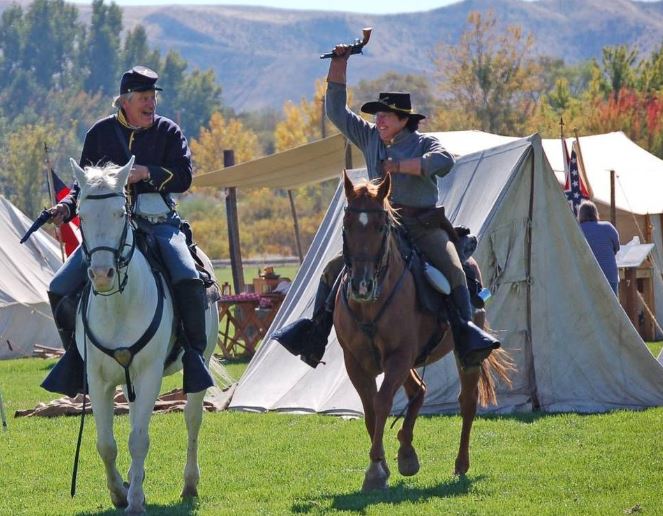 BY ZACH KYLE
BY ZACH KYLE
zkyle@idahostatesman.com
Most of the online orders for Civil War-era replica clothing and gear received by C & C Sutlery in Emmett come from Civil War re-enactors or museums and parks looking to outfit mannequins in Civil War exhibits.
But once in a while, owner Charles Lox receives orders from a different kind of deep-pocketed customer: costume and props teams for movies such as “The Hateful Eight,” auteur Quentin Tarantino’s blockbuster Western opening today across the Treasure Valley.
Samuel L. Jackson plays a bounty hunter who claims to be a sheriff in “The Hateful Eight.” Kurt Russell plays a bounty hunter named John “The Hangman” Ruth in”The Hateful Eight.”
When movie production crews call, they generally clean out Lox’s shelves, provided he can ship the orders next-day air.
“If we can get it to them, they’ll take it all,” Lox said. “They are always in a hurry.”
In the film, a motley mix of eight dangerous characters hole up in a small Wyoming town during a blizzard following the Civil War. Kurt Russell plays a bounty hunter transporting a fugitive played by Jennifer Jason Leigh. Samuel L. Jackson also plays a bounty hunter.
Lox said his business shipped hundreds of garments, including shell coats, pants and belts, to “The Hateful Eight” set in Telluride, Colo., as well as cartridge boxes and other props.
Lox said he usually can’t tell which garments worn by actors in movies came from his shop.
“When you look at the movie, you might not recognize our merchandise because they really dirty it up,” Lox said. “And after that they probably throw it away.”
Lox was a Civil War re-enactor when he started the company in 1976 while living in Champaign, Ill. He was an avid Civil War re-enactor in those days, and he started supplementing the income he earned selling industrial supplies by setting up a tent at re-enacted battles full of Civil War clothing and replicas.
Lox didn’t focus on sutlery full-time until he moved to Emmett in the mid 1990s. The Internet was just coming online as a retail outlet, allowing Lox to fill orders rather than sell at events. Today, he co-owns the business with his wife, Ellen Knapp. They employ two part-time workers and contract sewing work to five seamstresses in Emmett, Middleton and Boise.
Idaho’s White Cloud Mountains seem like an unlikely place for the beginning of a positive shift in public-land management. They gleam high and cold above the seemingly endless sagebrush plains of southern Idaho, one of the most conservative states in the West. Yet it was here last year that Republicans worked with environmentalists to plant a legislative seed that may help reverse a century of decline for native plants and wildlife all over the West.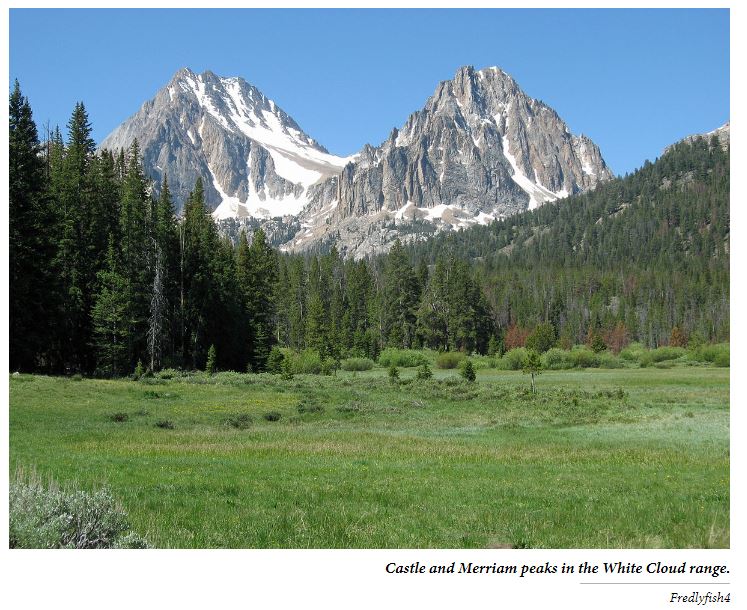 Summers last only a few weeks in the White Cloud Mountains, and with off-road vehicles and mining closing in on these once-remote expanses, environmentalists have campaigned since the 1970s for wilderness protection. Recently, frustration with congressional inaction led to a push for a 600,000-acre national monument, which President Obama seemed ready to endorse. Then the Republican Idaho congressional delegation agreed to compromise on a 275,000-acre wilderness bill that passed last August. Read More
Summers last only a few weeks in the White Cloud Mountains, and with off-road vehicles and mining closing in on these once-remote expanses, environmentalists have campaigned since the 1970s for wilderness protection. Recently, frustration with congressional inaction led to a push for a 600,000-acre national monument, which President Obama seemed ready to endorse. Then the Republican Idaho congressional delegation agreed to compromise on a 275,000-acre wilderness bill that passed last August. Read More
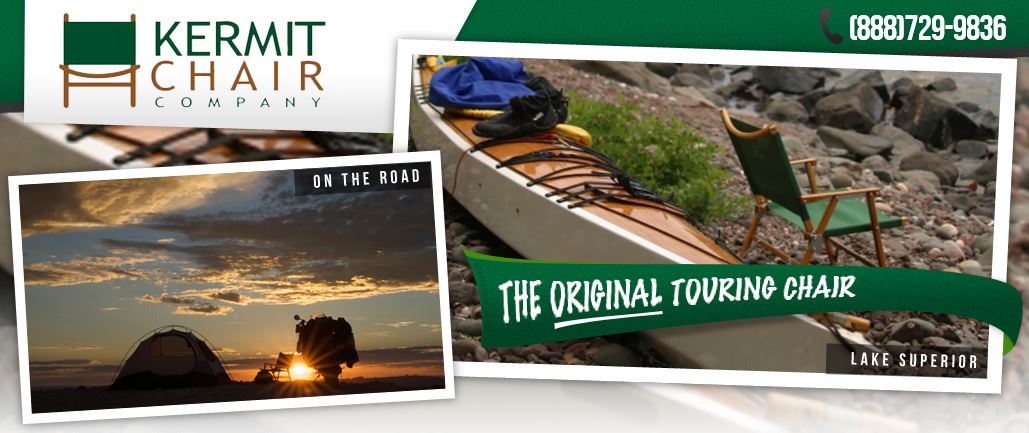 The Kermit Chair is the premier chair in the motorcycle camping market. Most notable about the chair is its ability to be quickly and easily disassembled and packed in its carrying bag (included) to a portable size of 22” long x 6” diameter. With a well-established design that has been left untouched for over 20 years, the Kermit Chair remains the finest-built and most comfortable chair any camper can pack.
The Kermit Chair is the premier chair in the motorcycle camping market. Most notable about the chair is its ability to be quickly and easily disassembled and packed in its carrying bag (included) to a portable size of 22” long x 6” diameter. With a well-established design that has been left untouched for over 20 years, the Kermit Chair remains the finest-built and most comfortable chair any camper can pack.
The entire chair is handcrafted in Tennessee using marine grade polyurethane-dipped white oak, aluminum, and stainless steel. The finish is thicker than a spray and protects the chair for a lifetime. The cloth is 1000 denier nylon that is cut with heat to prevent raveling. The result is a product that is not only very durable and highly functional, but is beautiful and comfortable as well. Lifetime warranty. Weight: 5.5lbs. Optional leg extensions and cupholder sold separately.
http://www.kermitchair.com/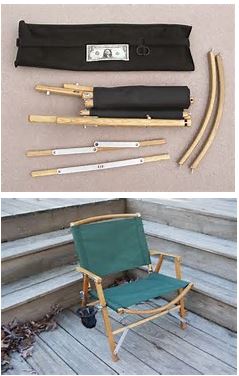
- Best Survival Tips and Tricks: Ultimate Guide List
- How to create a thick fire signal
- How to stay cool in the desert
- How to get water from trees
- Never use dirty water to wash out wounds
- How to use fungus to start fires easily
-
- Fire lighting using horse hoot fungus
- How to make a wilderness torch for survival
- Collecting rain water to survive
- How to make a survival water filter [VIDEO GUIDE]
- How To Build A Fire Heat Reflector For Cold Weather Survival [Tips & Techniques]
- How to use a signal mirrors to grab attention
- How to make a rose hips tea
- How to make a willow bark tea
- Of course our goal at Authorized Boots is to provide even more value so here are few more general survival tips:
- Additional resources for you to read:
-
2015 Trail Accomplishment end of season report
Wilson Corrals Reroute
District: Emmett – Trail No.135004
The Squaw Butte Backcountry Horsemen completed a half mile reroute on the Wilson Corrals trail to improve public safety and reduce resource damage. The first mile of trail goes through a very boggy meadow then continues up the creek bed for several hundred yards. The creek is habitat for Bull Trout. A suitable reroute for the creek section was surveyed by Boise National Forest North Zone Staff and was constructed by Squaw Butte Backcountry Horsemen. The meadow section is scheduled for repair in 2016.
2016 Grant Proposals (Boise National Forest)
2016 Maintenance Grant:
Funding Source: Off-Road Motor Vehicle Fund (ORMV)
Description: The intent of this project is to maintain a large amount (Rotation 2 approximately 250 miles) of the 682.4 miles of motorized trail located on the North Zone of the Boise National Forest in an attempt to mitigate resource damage, address public safety concerns, and enhancing current trail opportunities. This is the grant which has been successfully funded for many years in the past.
2016 Non-Motorized Trail Maintenance Grant:
Funding Source: RAC Southwest Idaho Resource Advisory Committee (RAC) or RTP
Description: The intent of this project is to maintain approximately 80 miles of the 230 miles of non-motorized trails located on the North Zone of the Boise National Forest in an attempt to mitigate resource damage, address public safety concerns, and enhancing current trail opportunities. It would fund a youth corps (American Conservation Experience) crew for two pay periods (four weeks) to work on the non-motorized trails that cannot be maintained through (ORMV Funding). Many of the non-motorized trails have seen little to no maintenance due to limited CMTL funding and grant constraints.
2016 Wewukiyi Trail completion grant:
Funding Source: IDPR Mountain Bike Fund
Description: The intent of this project is to complete the last section of the Wewukiyi mountain bike trail and rework previously constructed portions of trail. This trail project is located near Warm Lake on the Cascade Ranger District. This project has been worked on for many years. With limited funding available, due to grant match requirements and limited CMTL funding, this trail has been built in sections and has seen little use. Because of the limited use, the completed sections of trail are currently in disrepair or non-existent. The grant would fund a crew (possibly Lowman Ranger Districts: Crew Five) for one pay period to log out the entire trail corridor and the last section to be constructed. Additionally, the grant would fund the South West Idaho Mountain Bike Association’s (SWIMBA) Single Track Bulldozer for one pay period. Additionally it would fund the replacement of two North Zone chain saws with Stihl 391s. The North Zone would match with one pay period of crew time and SWIMBA volunteer time.
2016 Equipment Purchase:
Funding Source: Motorbike Recreation Account (MBR)?
Description: The intent of this project is to purchase two Honda CFR 230s. The current North Zone motorcycle fleet is ageing and requiring costly annual maintenance. A number of the bikes are over 12 years old and have seen hundreds of miles of trail. The purchase of new bikes would improve efficiency and safety by reducing the down time to continually repair broken or worn parts and reduce the possibility of a break down in a remote location.
Introduced in House (02/10/2015)
National Forest System Trails Stewardship Act
Directs the Department of Agriculture (USDA) to publish a national strategy to significantly increase the role of volunteers and partners in trail maintenance.
Requires the strategy to: (1) augment and support the capabilities of federal employees to carry out or contribute to trail maintenance; (2) provide opportunities for volunteers and partners to carry out trail maintenance in each region of the Forest Service; (3) address the barriers to increased volunteerism and partnerships; (4) prioritize increased volunteerism and partnerships in those regions with the most severe trail maintenance needs, and where backlogs are jeopardizing access to national forest lands; and (5) aim to increase trail maintenance by volunteers and partners by 100% within 5 years.
Directs USDA to study opportunities to improve trail maintenance by addressing opportunities to use fire crews in trail maintenance activities.
Deems a volunteer with a partner organization to be considered a federal employee for the purposes of civil claims relating to damage to, or loss of, personal property of a volunteer incident to volunteer services.
Sets forth provisions for the selection of priority areas for increased trail maintenance accomplishments.
Directs USDA to establish a pilot program to offset all or part of the land use fee for outfitting and guiding permits. Full Text Sample Letter to Congress


Write your representatives to CO-Sponsor this Bill

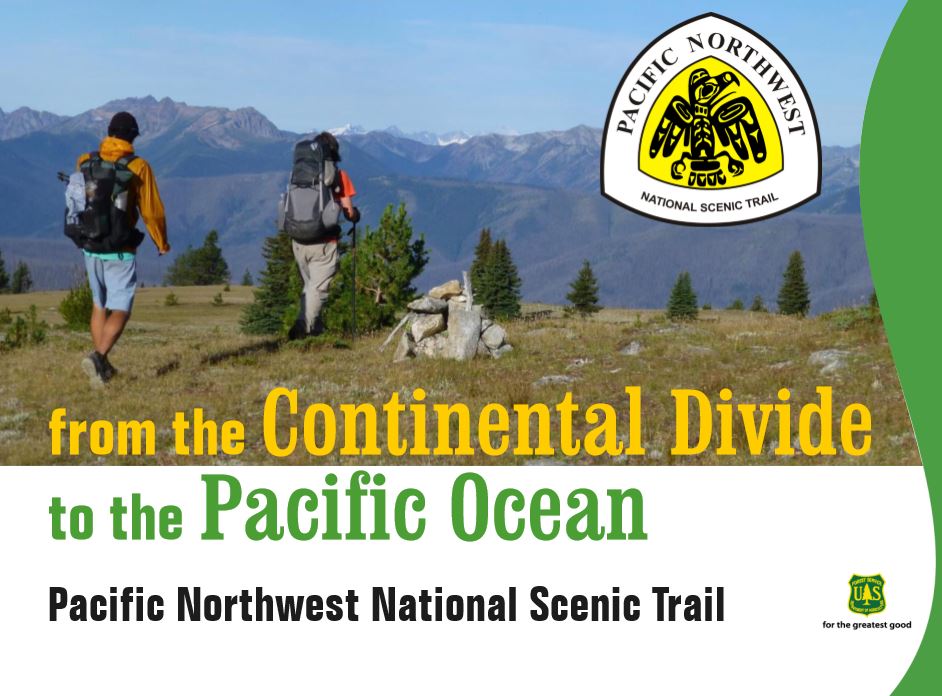
Trail Information
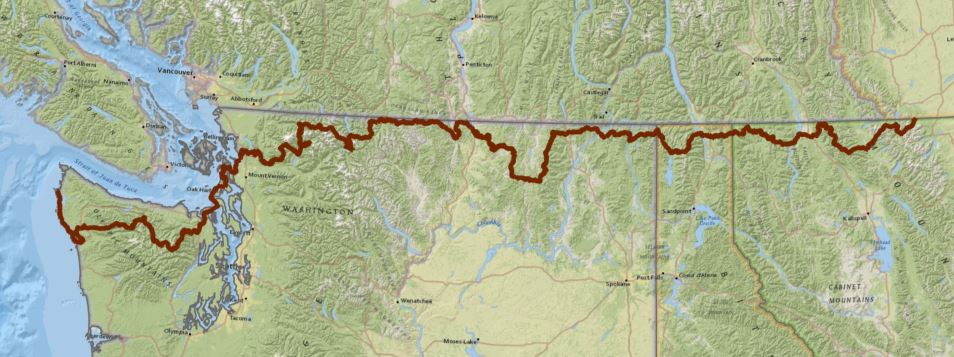
I am a member of the Selkirk Valley Chapter of the Idaho Backcounty Horsemen. and also a member of the newly established Advisory Council of the Pacific Northwest National Scenic Trail which held its first meeting in October 2015 in Sandpoint, Idaho and the next one will be in May 2016 somewhere in western Washington with subcommittees meeting between now and then. On the Council I represent the interests of Recreational Pack and Saddle users.
The planning process of regulating the trail is just beginning and it behooves all those who desire input to become familiar with the history and background of the PNT so as to effectively participate in the meetings as all are open to the public.
Attached is a pdf file from the USFS website which gives the background to the current work of the Pacific Northwest Trail Advisory Council of which I am a member. It is also available on the USFS website below along with detailed info about the planning process. The first meeting of the Advisory Council was held in October 2014 in Sandpoint Idaho and the next one will be in Western Washington in May 4 and 5 , 2016
The planning process is described on the USFS website: http://www.fs.usda.gov/pnt/
More info is available at the website of the Pacific Northwest Trail Association:http://www.pnt.org/
—
Jim
James R. Michaud
P.O. Box 765
Sagle, Idaho 83860
Email: southsaglejim@gmail.com
Available for streaming on Netflix

Synopsis: Four young Cowboys hatch an outrageous plot to adopt, train, and ride a string of wild mustangs 3,000 miles from Mexico to Canada through the wildest terrain of the American West. The trip became an epic journey of self-discovery, tested friendships, and iconic landscapes that included runaway horses, a sassy donkey, perilous mountain passes, rodeos, sickness, injury, and death. The Audience Award winner at Telluride Mountainfilm and Hot Docs Film Festival, Unbranded is a soaring tale of danger and resilience, an emotionally charged odyssey that shines a bright light on the complex plight of our country’s wild horses.
Reviews:
• “Unbranded is a journey with heart and soul.” -Examiner.com
• “You’ll undoubtedly channel your inner cowboy…” -Hollywood Reporter
• “Unbranded is a Kit Carson-esque tour through the mountains and deserts of the west with no shortage of drama.” -Outside Magazine
• “Unbranded is a compelling – and often comedic – story about friendship, adventure and our interdependence with nature.” – Reel Screen
• “Unbranded is a soaring tale of resilience and adventure that will make you laugh, cry, and develop a newfound deference for these emblematic Western creatures.” – Sedona Red Rock News
• “Unbranded will make you want to quit your job and ride a mustang from Mexico to Canada.” -Mother Jones
• “Unbranded is brimming with drama in the midst of jaw-dropping landscapes.” -Los Angeles Times
• “Visually Stunning.” -Toronto Star
• “A horse-lover’s must-see.” -Columbus Alive
• “A Gripping Story of Bold Adventure.” -Western Horseman
• “The screen is filled with verdant landscapes and a contemplative appreciation of their untrammeled majesty.”-Film Journal International
• “You would freak out too if you got a cactus stuck in your lip.” -Indiewire
• “Most importantly, we learn about the problem of land and wildlife management – a problem that is vital for us to solve if we want to leave a proper legacy for our children.” -Reel Life with Jane
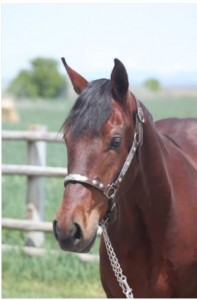 Broke to ride, has been shown in 4H Showmanship, by a Junior, earning a Blue ribbon. Also shown in trail, placing every time. Safe to lead, load, trailer clip etc. Not ready for a beginner rider, unless there is a lesson program involved, but will mature into a very nice horse. suitable for trail riding, ranch work, 4H, gaming etc. Has some experience with a rope and cattle, and minor trail obstacles. Clean gaits, yields to leg and bit.
Broke to ride, has been shown in 4H Showmanship, by a Junior, earning a Blue ribbon. Also shown in trail, placing every time. Safe to lead, load, trailer clip etc. Not ready for a beginner rider, unless there is a lesson program involved, but will mature into a very nice horse. suitable for trail riding, ranch work, 4H, gaming etc. Has some experience with a rope and cattle, and minor trail obstacles. Clean gaits, yields to leg and bit.
Subject: horses for sale
From: “Jerry and Lawana Stevens”
Date: Tue, November 17, 2015
To: Marybeth Conger
Thank you taking a look at our horses. Patti and Louis Miller are coming up tomorrow to get the first two attached photos and keep them until they are sold.
The first photo is Diamonds filly born in 2007 which is a grade appy. Sire is SS Bodegah Bay ApHc Reg# 487642. Diamond is out of Angel and Joseph’s Bold One ApHC Reg # 494391.
The second photo is Nikki’s Tonya Bay born 2007. She is a registered potential. Her Dam is Bold One’s Nikki ApHc Reg # 606547 Sire: SS Bodegah Bay ApHc Reg # 487642.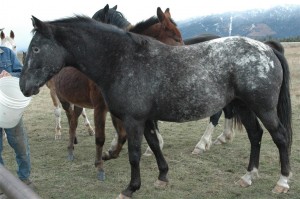
The third photo is the fast horse that would potentially make a great barrel racer. This filly was born in 2006. She is registered and DNA recorded. Dam is Nootka’s Nikitah (Kit) Reg # 551854 and the Sire is Still Maxs‘s Toby ApHc # 605393.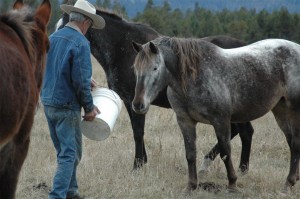
These horses have good conformation and are easy to work with. They need to be trained and loved.
We also have three registered stallions for sale is you know someone who would be interested.
Thank you,
Jerry & LaWana Stevens
Phone 208-963-0650 (cell)
jnls@frontiernet.net
As Presidents of the three chapters in the Boise area, would you ask your members if they would be willing to attend the Idaho Horse Council meetings along with me, representing BCH interests? They can attend as BCH members or if they want to become BCH Directors, they would then have the right to vote on issues.
In the past, BCHI has had the majority of Director votes on the IHC Board. Due to age and/or number of years on the board, we have lost the majority of those Directors.
Two years ago BCH did gain Janene Townsend (Squaw Butte) as a Director. Bonnie & Jim Fox (Boise) also joined but Bonnie said they planned to do more traveling & would cut back on meetings.
Attached is an agenda & registration for the IHC Annual Meeting on Nov 21st. If anyone would like to attend just the meeting, & not have the expense of the banquet, that is fine. There are also IHC meetings in January & June that are just meetings. However, the only time someone from a member organization can be voted in as a Director, is at the Annual Meeting. If anyone does want to attend & become a Director, please let me know.
They will have to be nominated by a standing Director & I would be happy to do that, but need to know who they are.
I hope the three of you will consider joining as well. Thank you, Raenette
Agenda for annual 2015
registration 2015
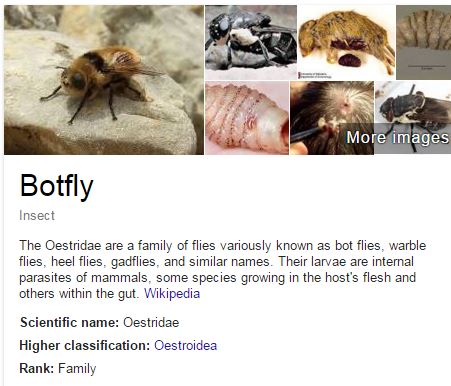 In the fall, in the Northern Hemisphere, whitish-yellow flecks commonly appear on the chest, belly and upper front limbs of horses. These flecks are eggs laid by the Bot Fly, a bee-like insect whose life cycle requires the horse as a host. These eggs contain a substance irritating to the skin, and horses often bite at them.
In the fall, in the Northern Hemisphere, whitish-yellow flecks commonly appear on the chest, belly and upper front limbs of horses. These flecks are eggs laid by the Bot Fly, a bee-like insect whose life cycle requires the horse as a host. These eggs contain a substance irritating to the skin, and horses often bite at them.
When swallowed, the larvae attach to and live on the lining of a horse’s stomach. Vets often see these larvae when performing endoscopy on horses for stomach ulcers. They are orange to red grubs about 3cm in length.
Bot flies themselves are common and can be highly annoying, sometimes causing horses to stampede but they are not harmful otherwise. You will see them repeatedly depositing their eggs on the skin with their long ovipositor.
WHAT TO DO
Recognize that bots generally do not cause horses much harm and so it is not necessary to completely eliminate them. The eggs are difficult to remove but can be scraped off with a specially shaped bot egg knife or combed out to reduce the number a horse ingests. Soaking the affected hair in hot water may help to loosen the eggs.
In late fall, after a few hard freezes the adult bot fly is inactive. This is a good time to try to remove the eggs. Talk to your vet about the necessity to de-worm your horse in the winter with ivermectin or moxidectin to kill the larval stages in your horse’s stomach. Talk to your vet if you have any additional questions or concerns.
WHAT YOUR VET DOES
Your vet considers bot management as part of a good general parasite control program.
http://horsesidevetguide.com/drv/Observation/57/bot-eggs-yellow-white-flecks-on-hair-or-skin/
Remove Bot Fly Eggs
Bot flies lay sticky pale yellow eggs on horse’s hair, usually on the forearms belly and chest. Adult bot flies lay their eggs on horses in the fall in the northern hemisphere. The flies do this instinctively.
A basic part of the bot’s life cycle requires that the horse bite at and swallow the eggs. The eggs hatch into larvae that over-winter attached to the lining of the horse’s stomach.
Bots are not thought to be very harmful to horses unless they infest a horse in high numbers. However, bot eggs that pepper the hair coat is aesthetically undesirable.
In late fall and winter moxidectin and ivermectin dewormer treatments kill bot larvae in the stomach, an important means of control. However, it is preferable to remove bot eggs before they are ingested, to reduce the number of larvae in the stomach.
PROCEDURE
Bot eggs are notoriously difficult to remove. They are extremely sticky and adhere well to the hair.
I recommend removing bot eggs in two steps. First, use hot water and a sponge to loosen the eggs. Then use a bot knife to scrape them off. A bot knife has a rounded, serrated edge. When it is firmly run down the limb, it scrapes off the bot eggs.
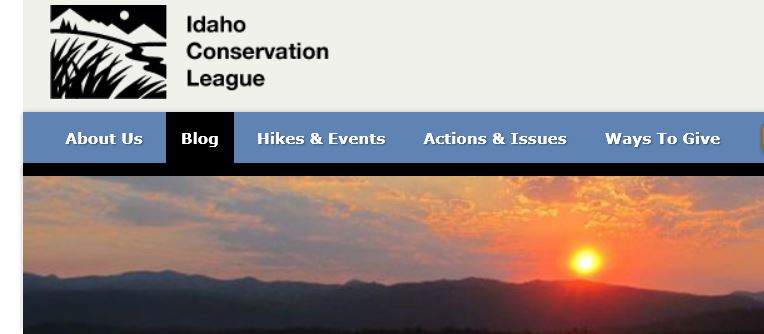
ICL—The Many Things We Do! The Idaho Conservation League is Idaho’s leading voice for conservation, protecting the air you breathe, the water you drink and the Idaho you love. Benjamin Earwicker photo. The Idaho Conservation League is Idaho’s leading voice for conservation. With offices in Boise, Ketchum and Sandpoint, we work hard and smart to protect the air you breathe, water you drink and wild places you and your family love.
We are a conservation community working to keep Idaho the kind of special place you experienced as a child—and to protect it for the next generation of children. Since 1973, ICL has connected people like you—people interested in conservation—to decision makers and to each other.
From the high desert of southern Idaho to the rainforest in northern Idaho and to the mountains and rivers of central and eastern Idaho—we’ve been working vigilantly for more than 40 years to protect what you love about Idaho.
See more at: http://www.idahoconservation.org
Monday, November 09 7:00PM – 9:05PM
at Country Club Reel Theatre
4550 Overland Rd, Boise, ID, US, 83705 (map)
$11.00 General
Four young Cowboys hatch an outrageous plot to adopt, train, and ride a string of wild mustangs 3,000 miles from Mexico to Canada through the wildest terrain of the American West. The trip became an epic journey of self-discovery, tested friendships, and iconic landscapes that included runaway horses, a sassy donkey, perilous mountain passes, rodeos, sickness, injury, and death. The Audience Award winner at Telluride Mountainfilm and Hot Docs Film Festival, Unbranded is a soaring tale of danger and resilience, an emotionally charged odyssey that shines a bright light on the complex plight of our country’s wild horses.
The Idaho Department of Lands is pleased to announce the FY 2017 Request for Project Pre-Proposals for the Landscape Scale Restoration, Western Fire Managers and Community Protection Program Grants.
Grants, valued at $240,000 each, are available to help organizations protect, enhance and conserve forest resources. Non-profit organizations, local and state agencies, tribes and educational institutions are eligible to apply by submitting pre-proposals that support local or state initiatives and address issues identified in Idaho’s Forest Action Plan or County Wildfire Protection Plans.
Within each grant program, a limited number of project pre-proposals will be selected for full development and western competition. The attached contain relevant information and criteria for each grant program. More information about these grants along with examples of past projects can be found at: http://www.idl.idaho.gov/grants/index.html
A webinar on the types of projects that qualify and how to build successful project pre-proposals will be held October 27, 2015. To sign up for the webinar email Tyre Holfeltz tholfeltz@idl.idaho.gov
For questions, contact:
• Landscape Scale Restoration Grant: Dave Stephenson dstephenson@idl.idaho.gov or phone 208-666-8621
• Western Fire Managers or Community Protection Program Grants: Tyre Holfeltz tholfeltz@idl.idaho.gov or phone: 208-666-8653.
Please note, use the attached 2016 WFM and 2014 CPP for the pre-proposal.
Funding for this program is made possible through the US Forest Service State and Private Forestry branch.
Please forward this announcement to potential applicants.
Project pre-proposals are due January 22, 2016
2017 Request for Project Pre-Proposals
Community Protection application
IDL Budget Development Guidelines
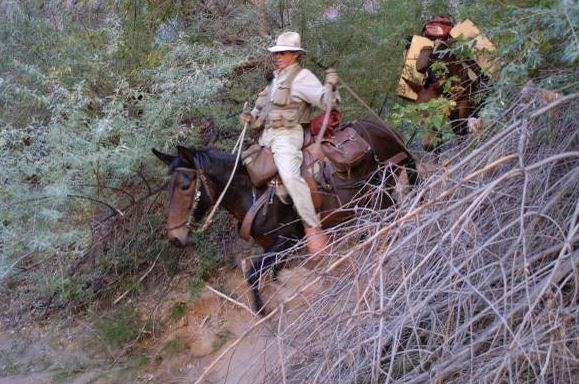 Due to deteriorating health, I must sell all my packing equipment & 2 mules. Bernice, my personal saddle mule, rides & packs like a pro. Jake Lemon [shadowpacker@gmail.com]
Due to deteriorating health, I must sell all my packing equipment & 2 mules. Bernice, my personal saddle mule, rides & packs like a pro. Jake Lemon [shadowpacker@gmail.com]
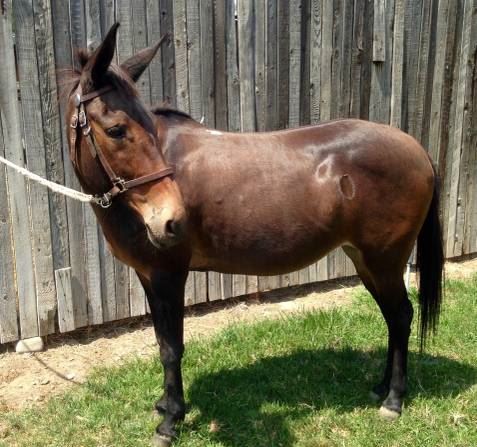 http://boise.craigslist.org/grd/5239513506.html
http://boise.craigslist.org/grd/5239513506.html
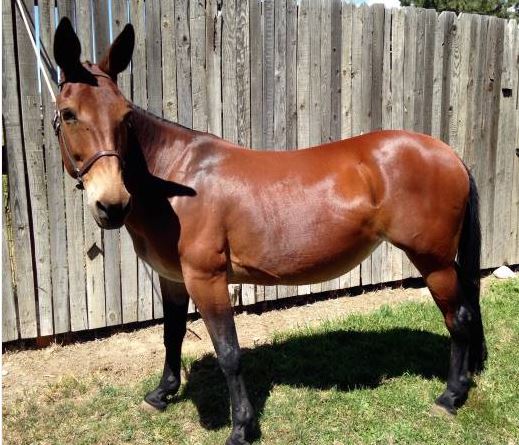 http://boise.craigslist.org/grd/5240836399.html
http://boise.craigslist.org/grd/5240836399.html
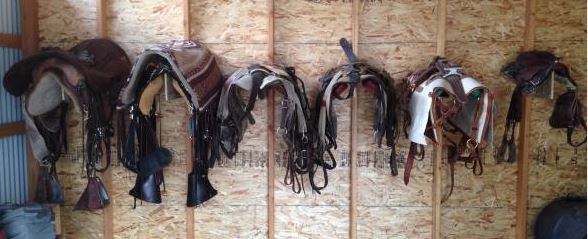
High Quality Packing Equipment For Sale, New & Used-Well Maintained
Riding Saddles
Circle Y Flex 2 (like new) 1300
Rigging for above 300
Circle Y Treeless Bob Marshall Sports w/ rigging 700
Circle Y Pad for Treeless Saddles 150
Kids 1950’s Retro Saddle 65
SEE MORE
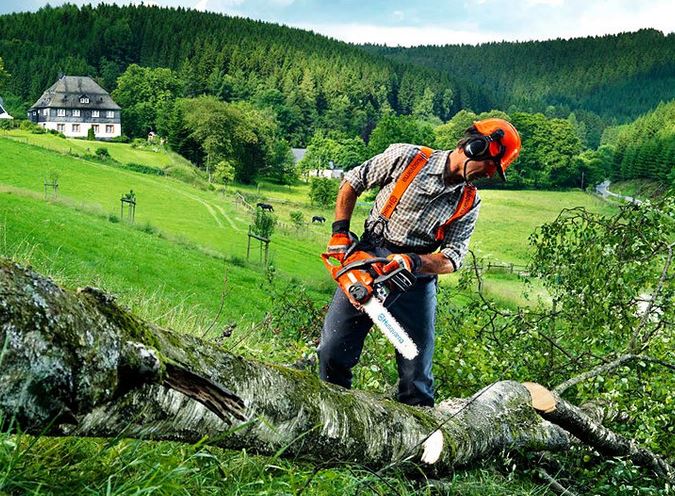 If you’re using a chainsaw and you don’t wear chainsaw chaps every time you fire up your saw then I have to say that you’re a fool. Yes, you read that correctly. Far too many homeowners underestimate the risks of using a chainsaw and as a result, they put their life in danger. I’m not going to show you any pictures in this article, but believe me, the injuries that occur from chainsaw accidents are hideous.
If you’re using a chainsaw and you don’t wear chainsaw chaps every time you fire up your saw then I have to say that you’re a fool. Yes, you read that correctly. Far too many homeowners underestimate the risks of using a chainsaw and as a result, they put their life in danger. I’m not going to show you any pictures in this article, but believe me, the injuries that occur from chainsaw accidents are hideous.
Lucky for you there are many quality chainsaw chaps to choose from and I’m going to show you some excellent options that I hope you will consider for your own health and peace of mind.
The CDC (Centers for Disease Control and Prevention) website states that “Each year, approximately 36,000 people are treated in hospital emergency departments for injuries from using chainsaws.” Please, be proactive and wear the proper safety gear. Here are additional pieces of chainsaw safety gear that will prove their weight in gold over time: Read More
Want to make a group of young girl’s day, pull into a trail head they are camping at with a couple of horse. That is exactly what happened to me on Sunday September 6, 2015. I wanted to get some trail time on my back up horse Tucker and I also wanted to finish up work I had started at Wilson Corral. Read More
Chainsaw Safety – National Interagency Fire Center
Danger! Chain Saw Safety – Training Video
Sharpen a Chainsaw Chain – Tool Tip #10 Making Sawdust? How to hand sharpen a chainsaw chain
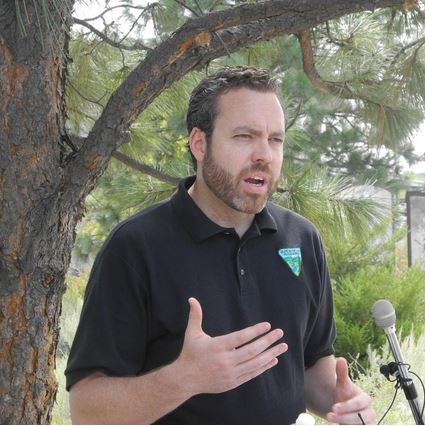 BLM Chief Commits To Rehabilitate Soda Fire Damaged Land
BLM Chief Commits To Rehabilitate Soda Fire Damaged Land
Southwest Idaho’s nearly 300,000 acre Soda Fire is the largest this year in areas managed by the Bureau of Land Management (BLM). Most of the burned area was habitat for the sage grouse, the bird whose status as a contender for the Endangered Species List could affect ranching, recreation and energy production in 11 western states. That is why the national director of the BLM was in Boise Wednesday to talk about rehabilitating that land.
Neil Kornze says his agency has to quickly start re-seeding the Soda Fire burn scar to keep invasive species like cheatgrass from overwhelming native plants like sage brush. But more importantly the BLM director says, they have to keep working on that land for the decades it could take to bring it back to full health.
Kornze says the bureau has often planted seeds in burned land and called it quits. He says the BLM is shifting its priorities to focus more on land rehabilitation.
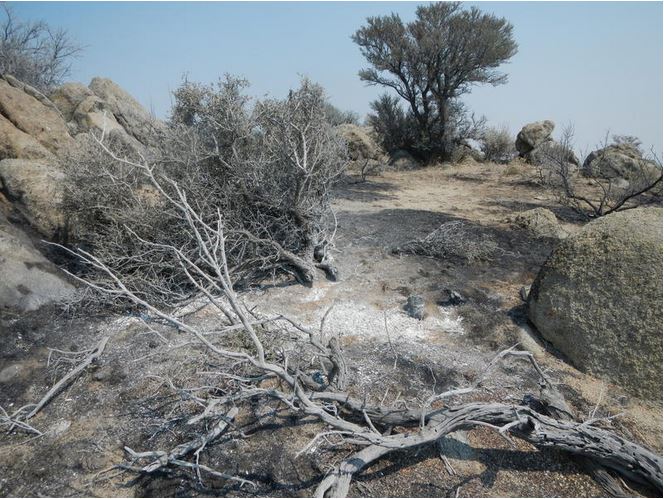 Fly Over The Soda Fire: Rehabilitation Teams Already Making Plans To Reclaim The Landscape
Fly Over The Soda Fire: Rehabilitation Teams Already Making Plans To Reclaim The Landscape
The Soda Fire was officially contained this week, at 445 square miles. Now thoughts turn to reclaiming the landscape southwest of Boise.
A team of 40 specialists spent five days in the field, surveying the burned area. Their goal is to find and fight threats to life, property and resources over the next three years.
T.J. Clifford is the Burned Area Emergency Response (BAER) Team Leader for the Soda Fire. The team is working for the Bureau of Land Management but is made up of people from multiple agencies.
Wild Horses That Survived The Soda Fire To Be Rescued
Wild horses that survived the Soda Fire now face another threat: starvation, after the fire burned their food supply. The Bureau of Land Management plans to rescue those animals and feed and house them until the landscape can recover.
Three horse herds – the Sands Basin, Hardtrigger and Black Mountain herds – live on the 445 square miles burned in the Soda Fire. Twenty-seven horses died in the fire, but those that survived now face this new peril, says the BLM’s Heather Tiel-Nelson.
“These horses of course need enough forage to sustain them and there simply isn’t enough out there right now to get them through much longer, which is why we’re doing this emergency gathering of those horses,” says Tiel-Nelson.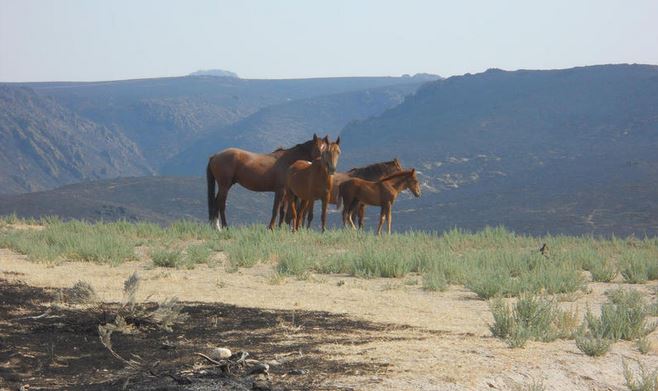
Feds Publish Final Plan For Southwest Idaho Wilderness Areas
Federal authorities have made public the final management plan for six wilderness areas and 16 wild and scenic river segments in southwestern Idaho.
The U.S. Bureau of Land Management on Monday published on the Federal Register the Owyhee Canyonlands Wilderness and Wild & Scenic Rivers Management Plan.
The process allows for appeals to be made within 30 days concerning the state’s newest wilderness areas that include about 518,000 acres and 325 miles of wild and scenic river in Owyhee County.
The six rugged areas became federally protected preserves in 2009 after Republican U.S. Sen. Mike Crapo, R-Idaho, organized a coalition of ranchers, wilderness advocates, outdoor enthusiasts and others in an effort called the Owyhee Initiative.
The 99-page federal document contains rules ranging from floating rivers to grazing livestock.

